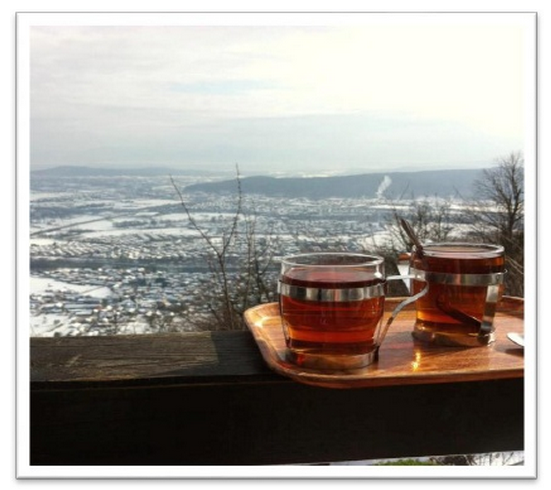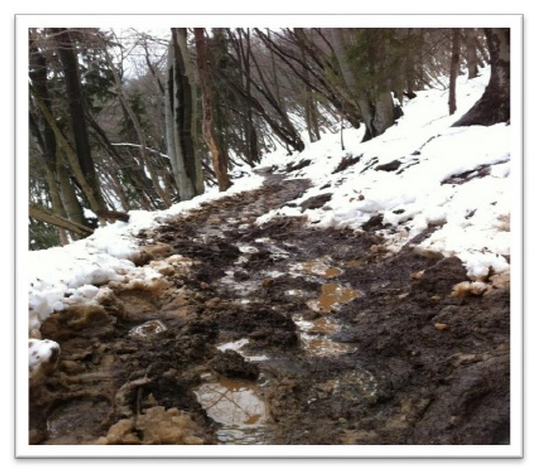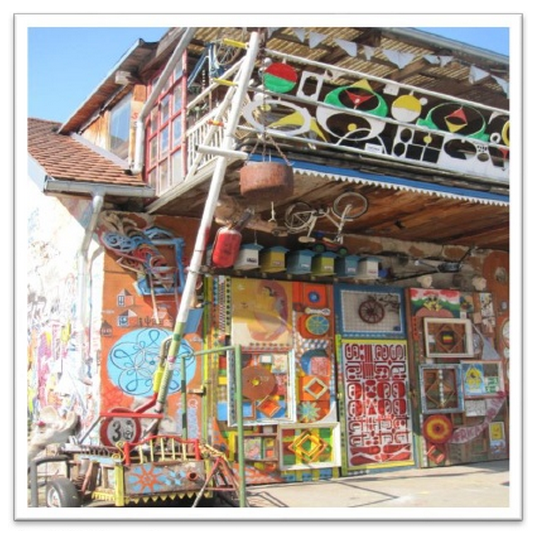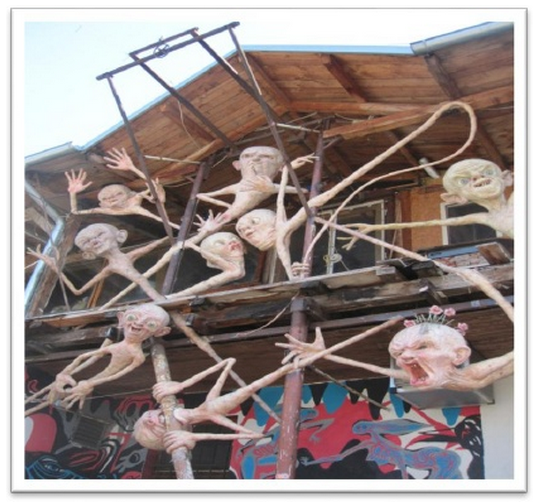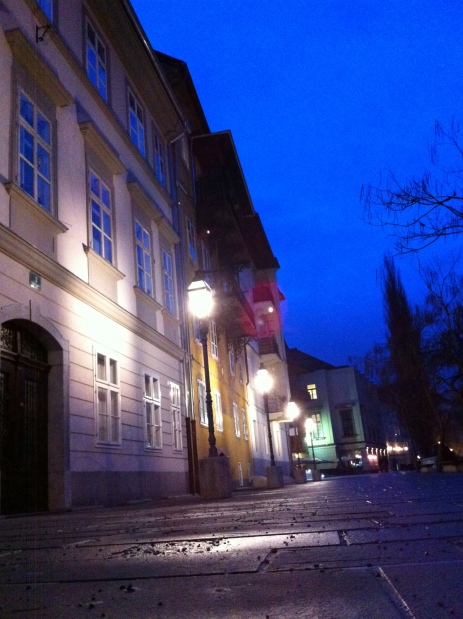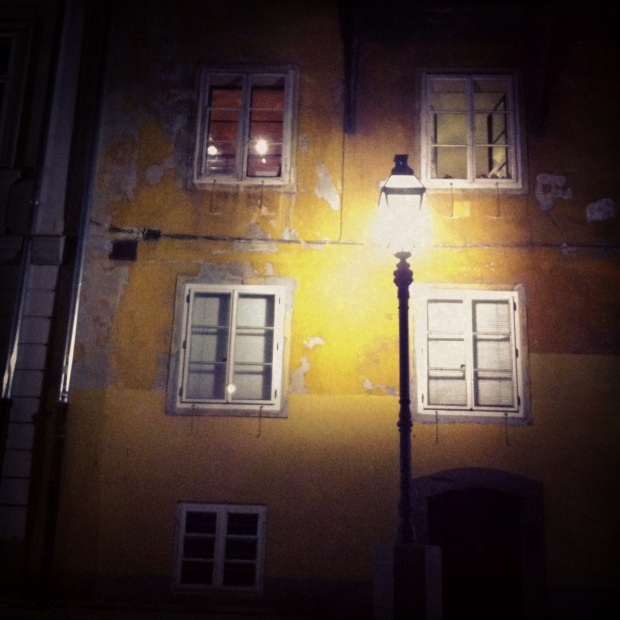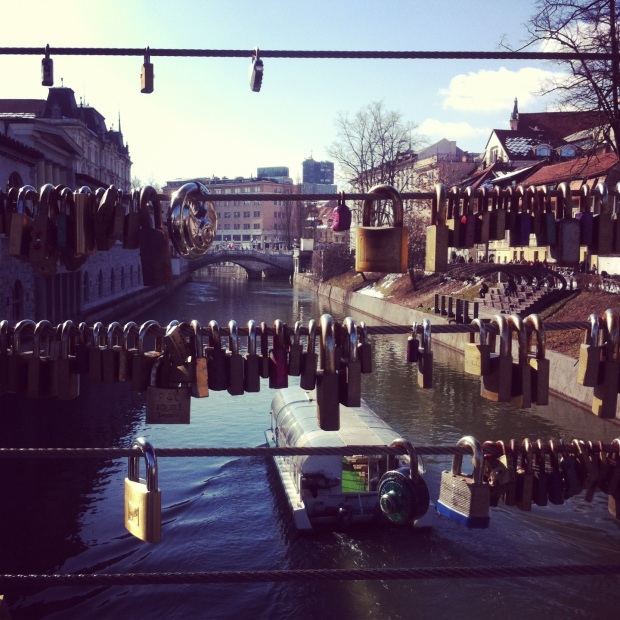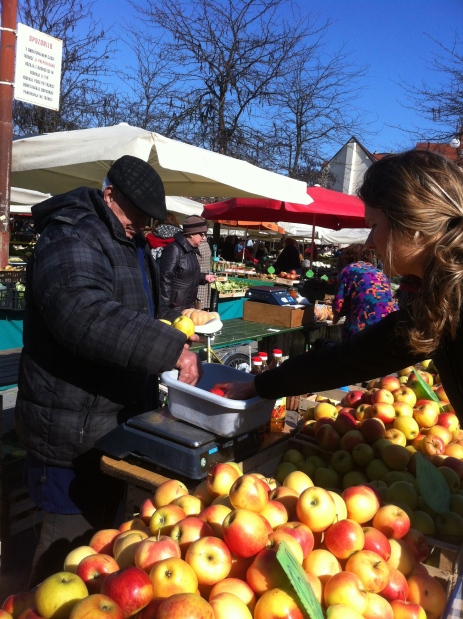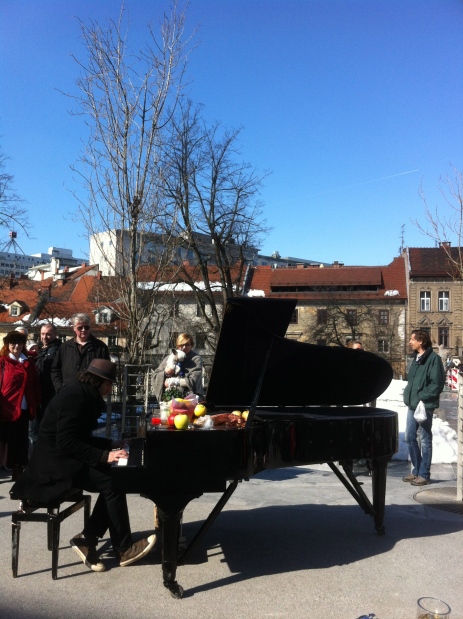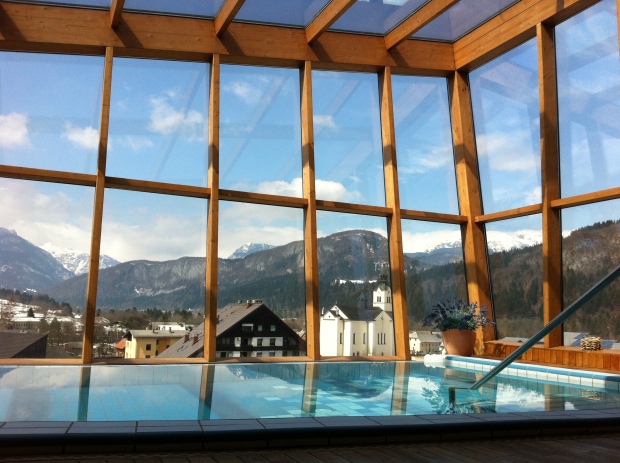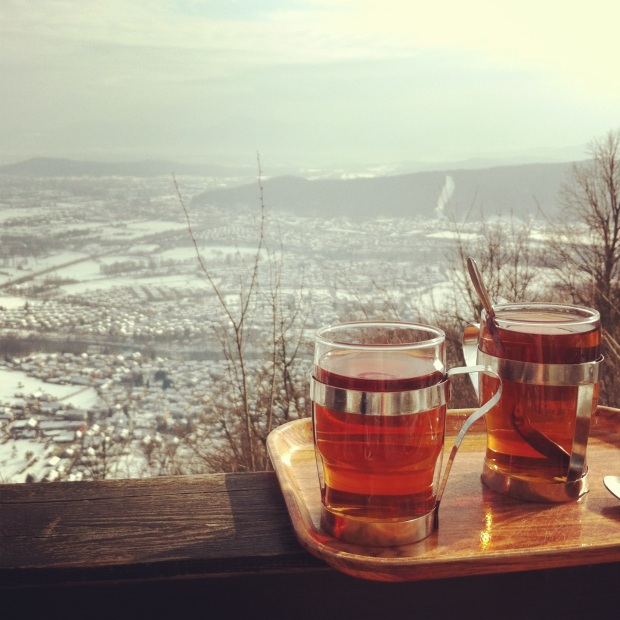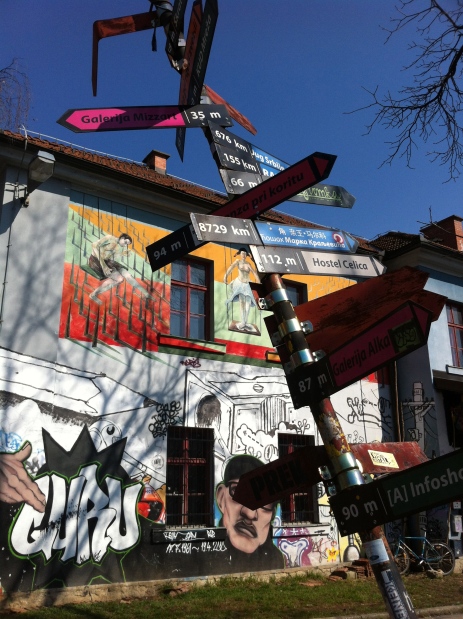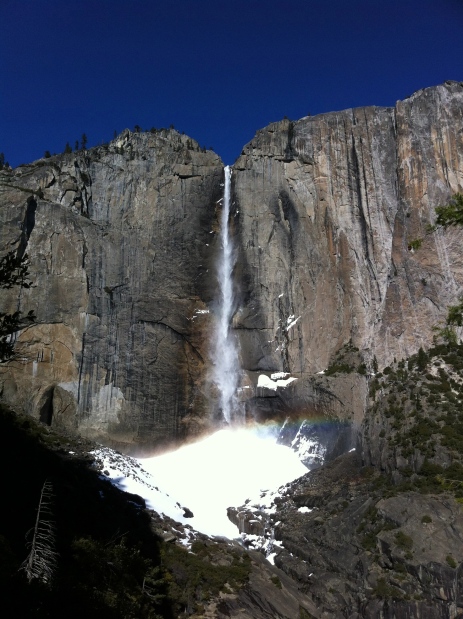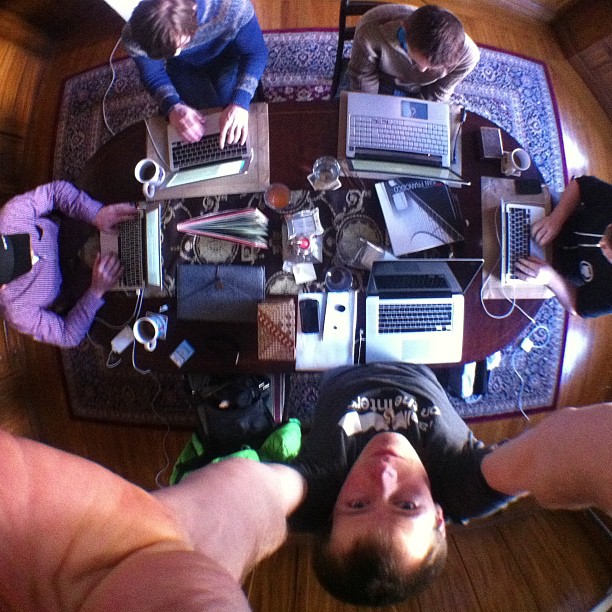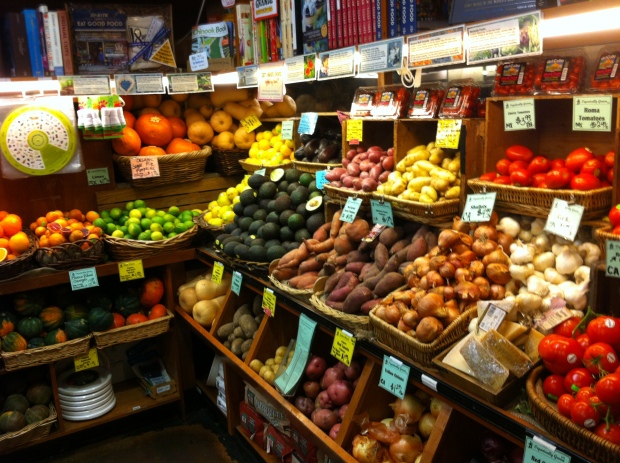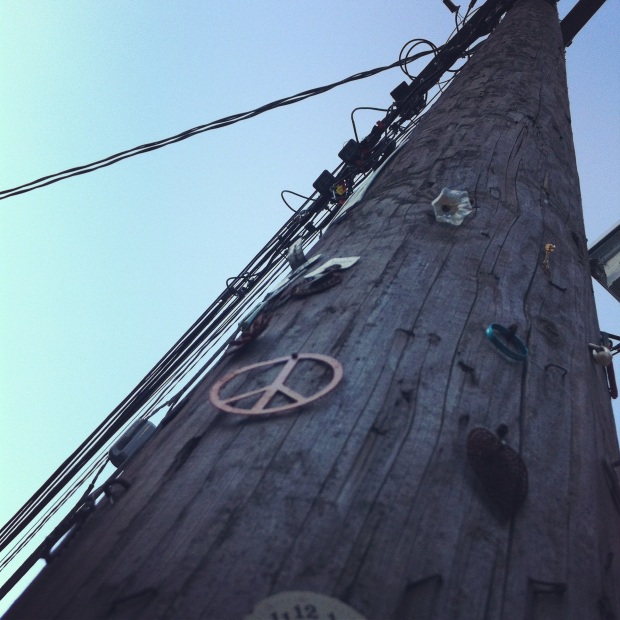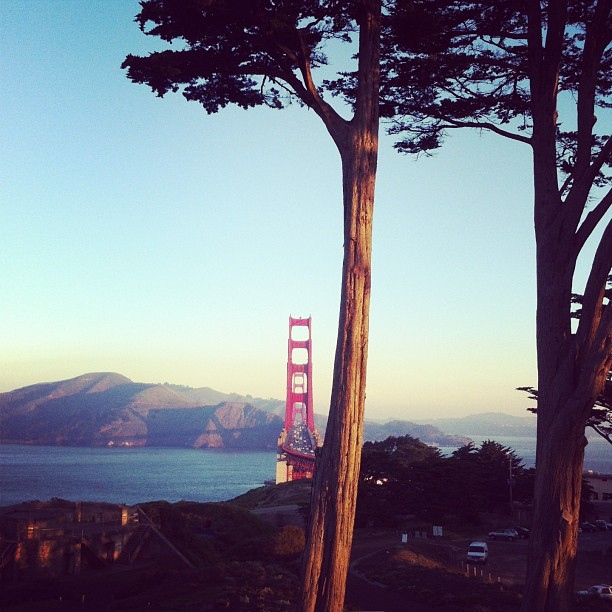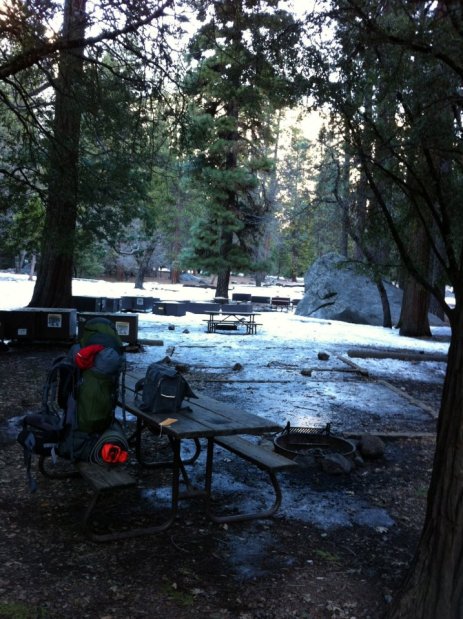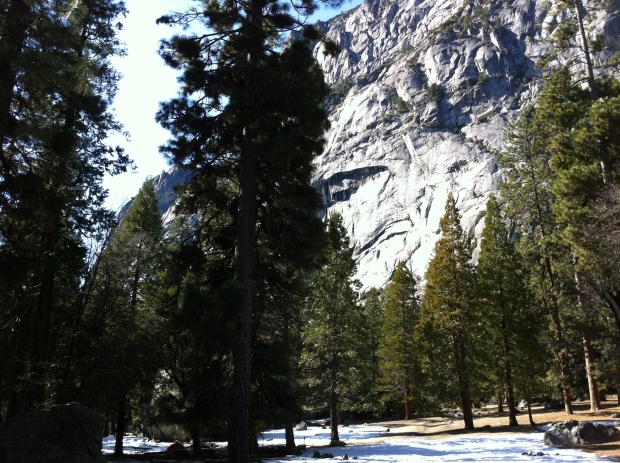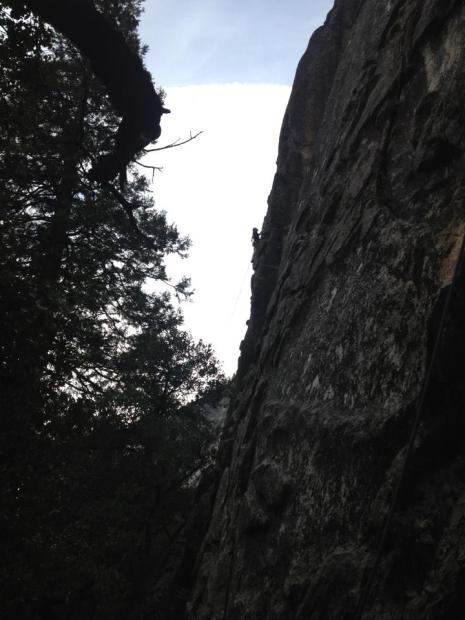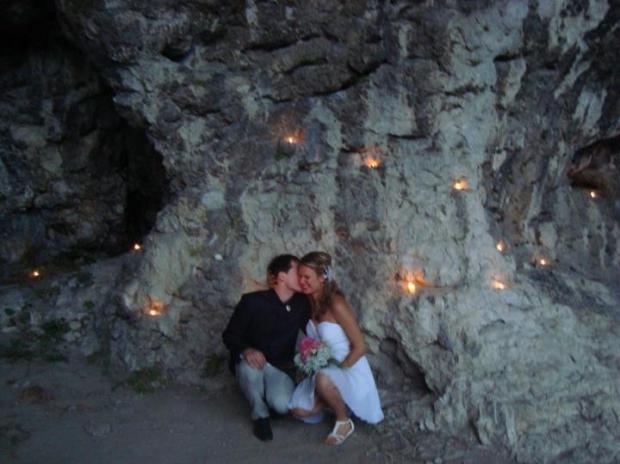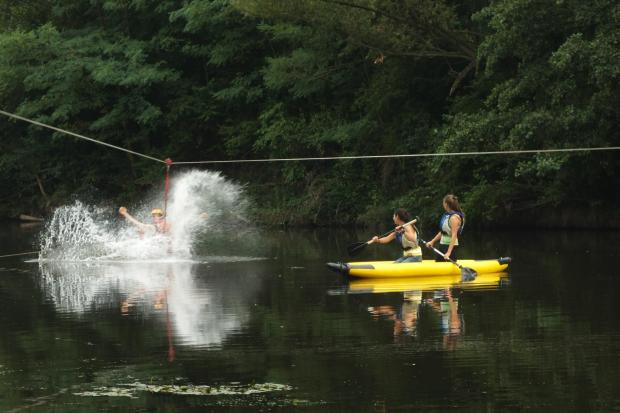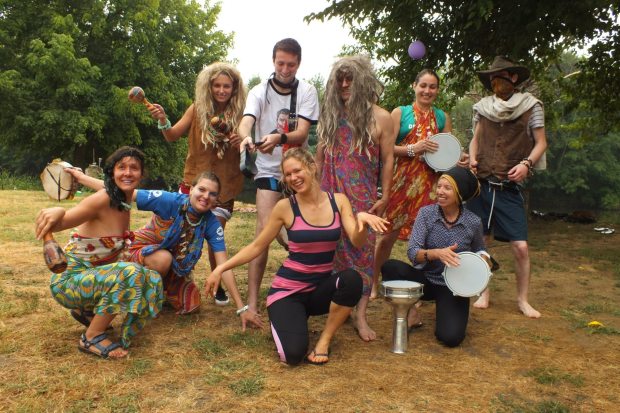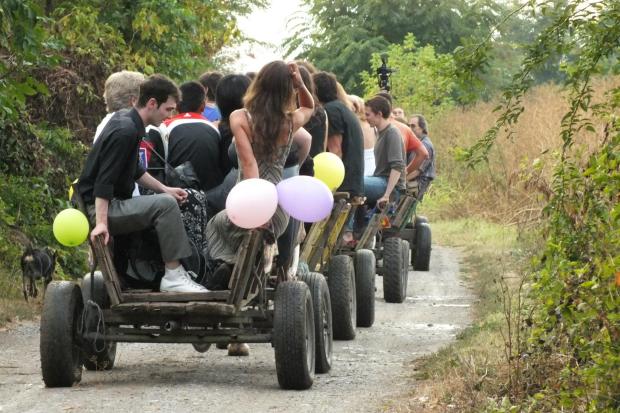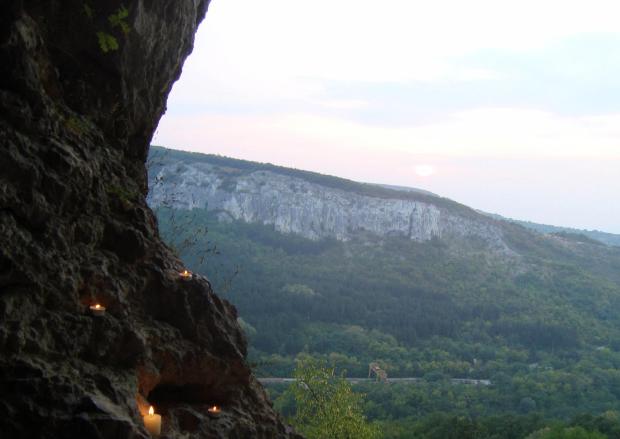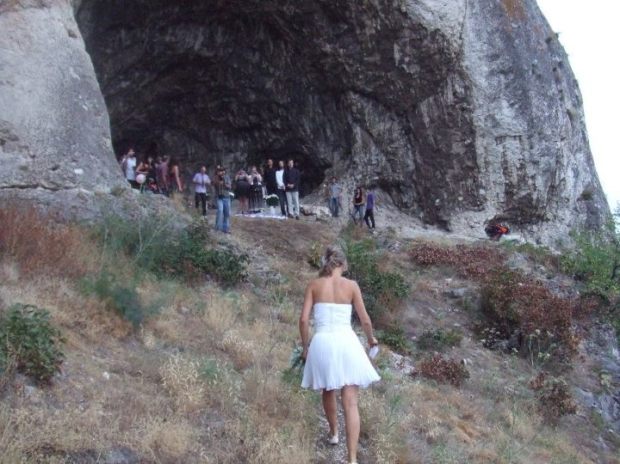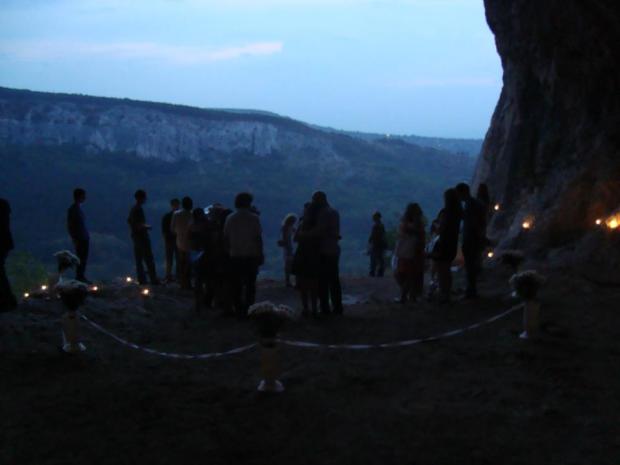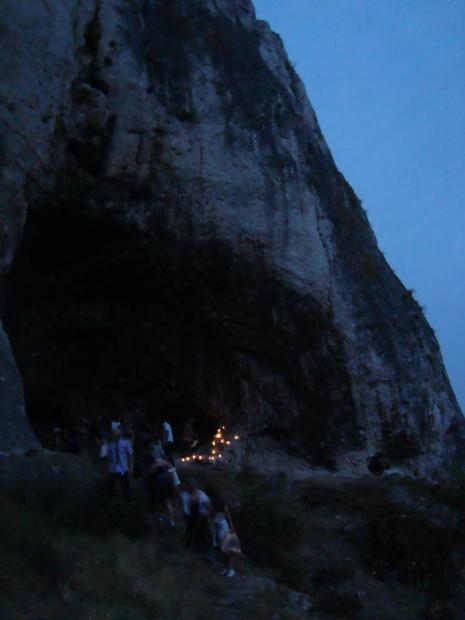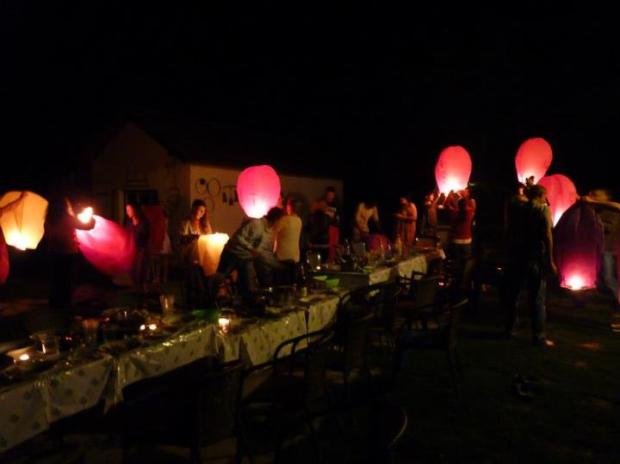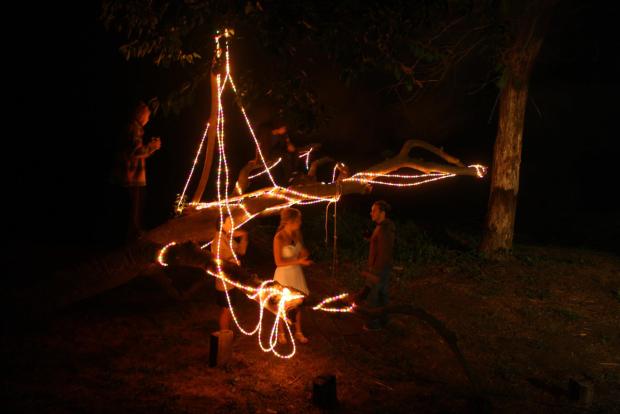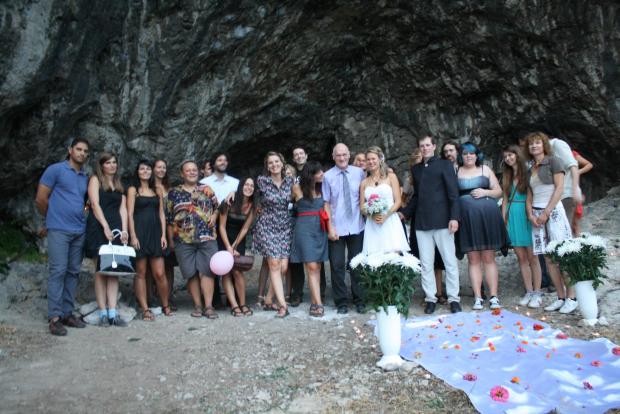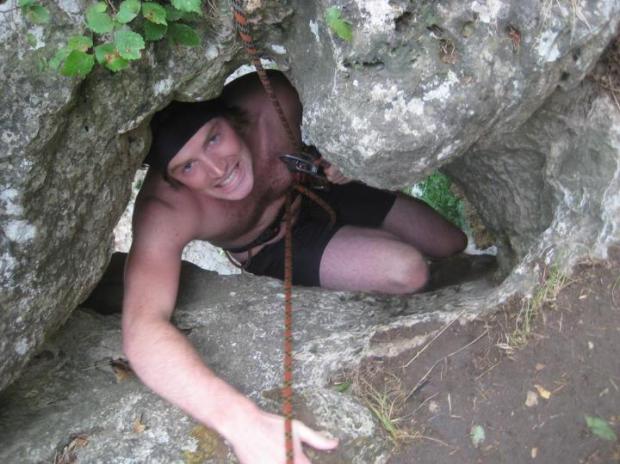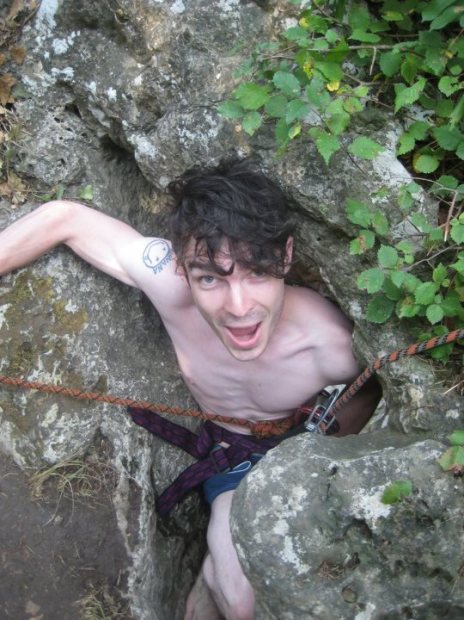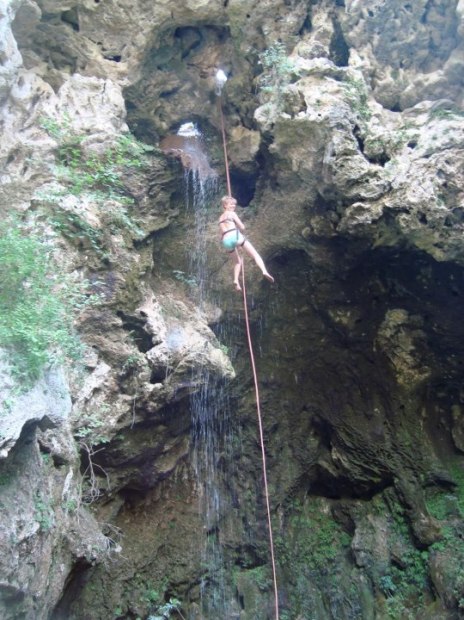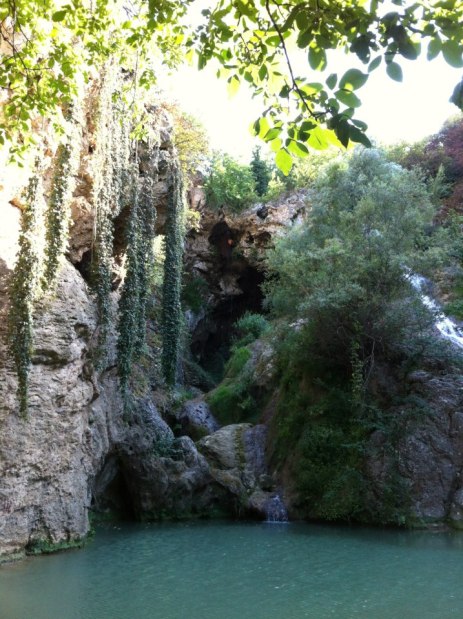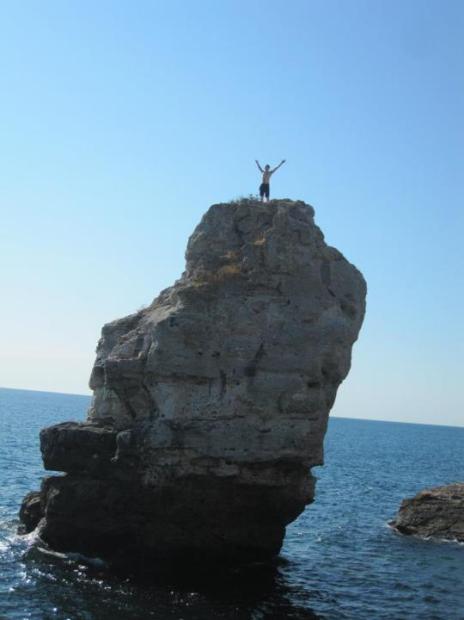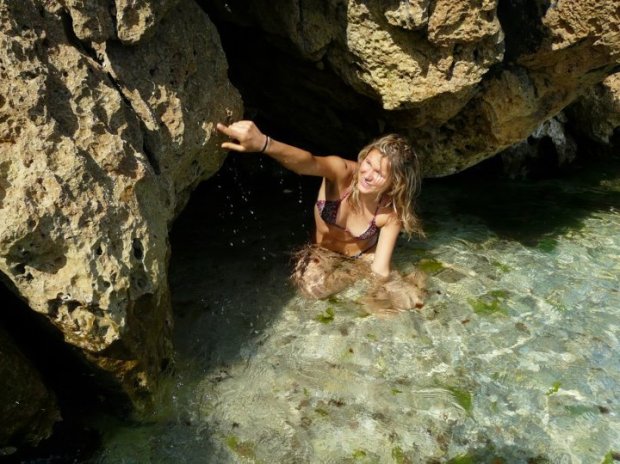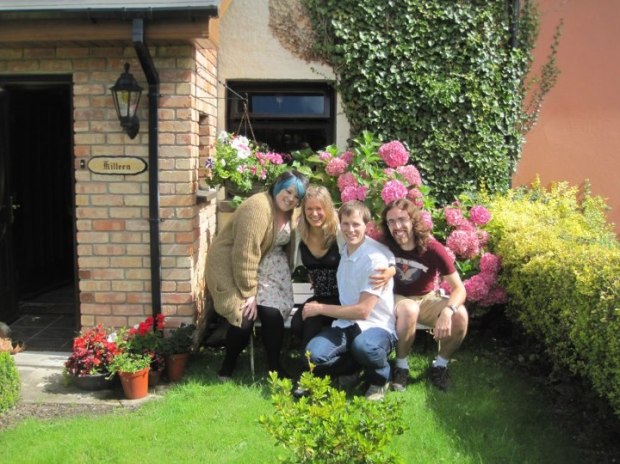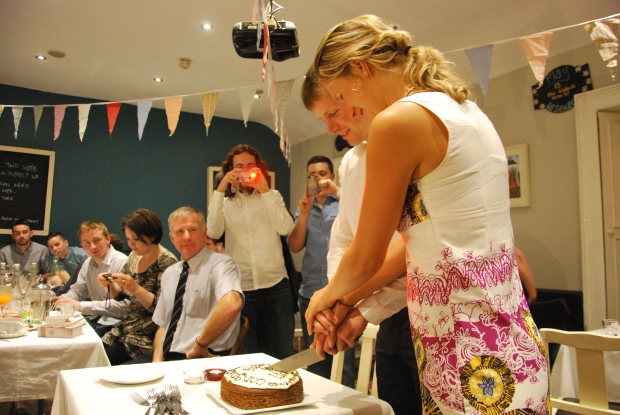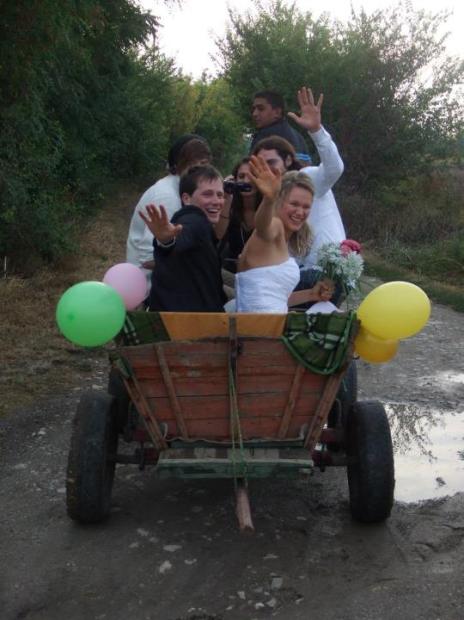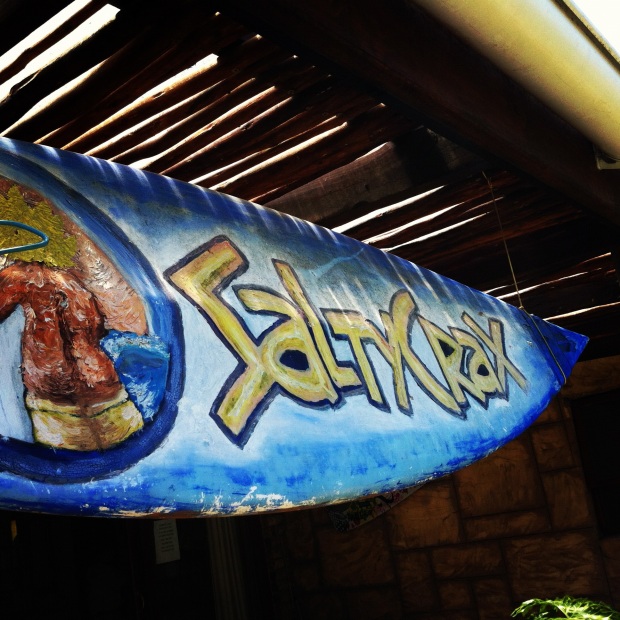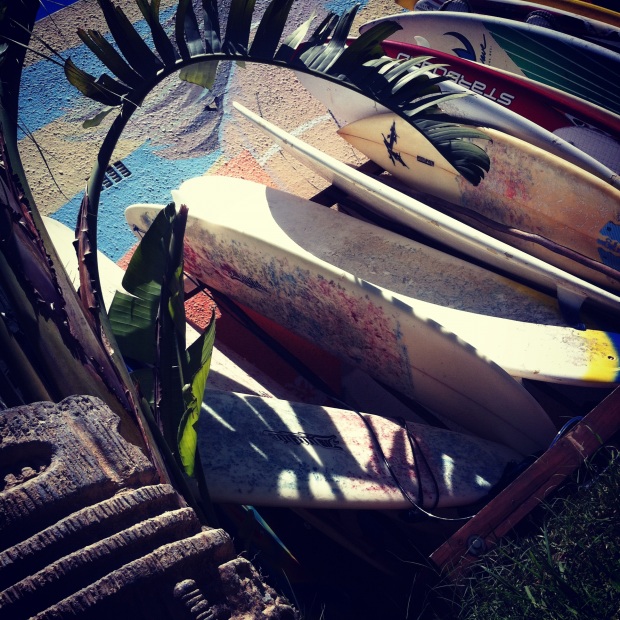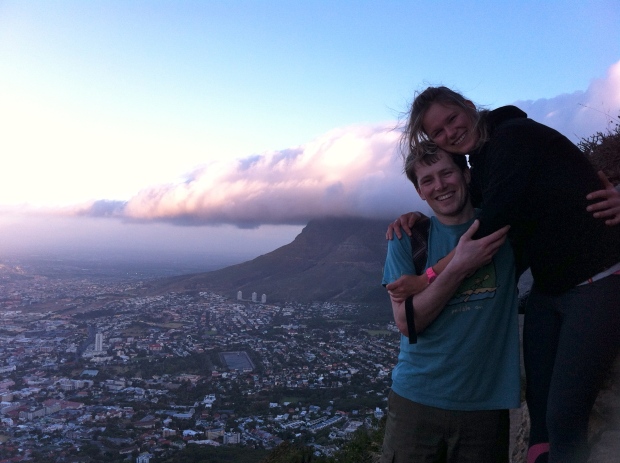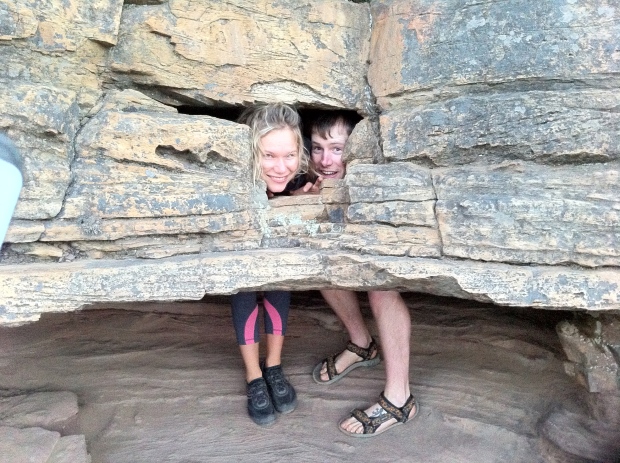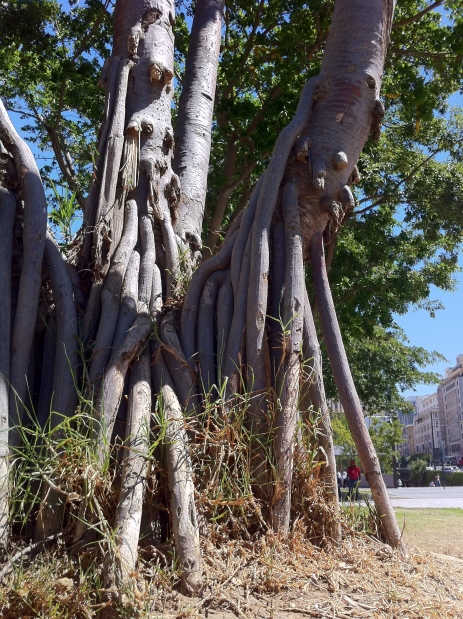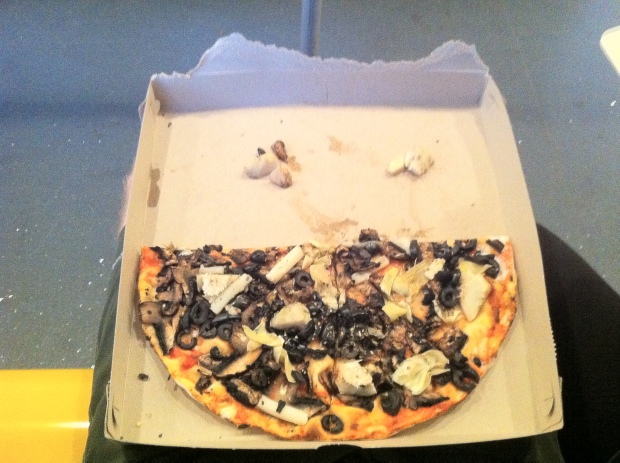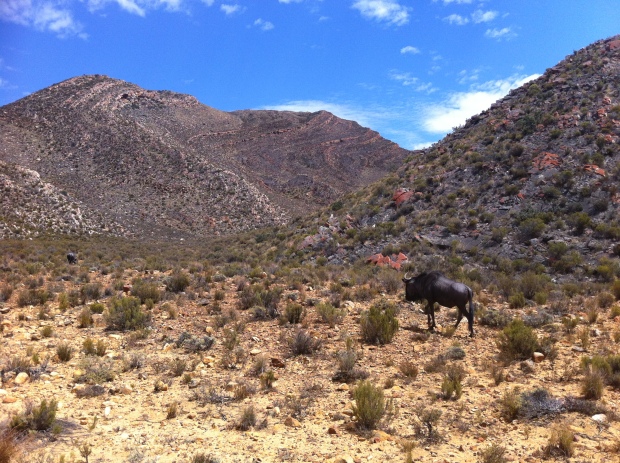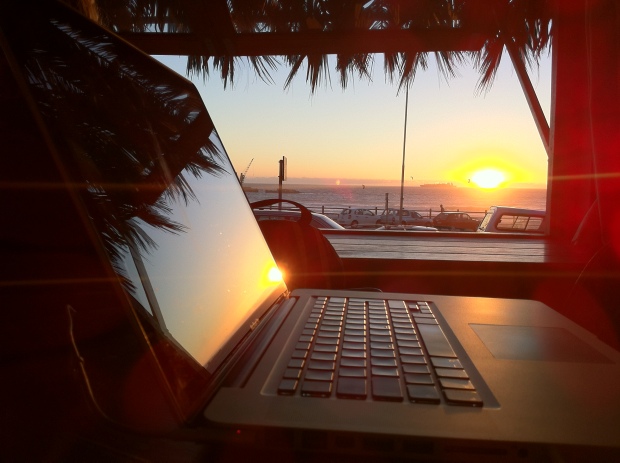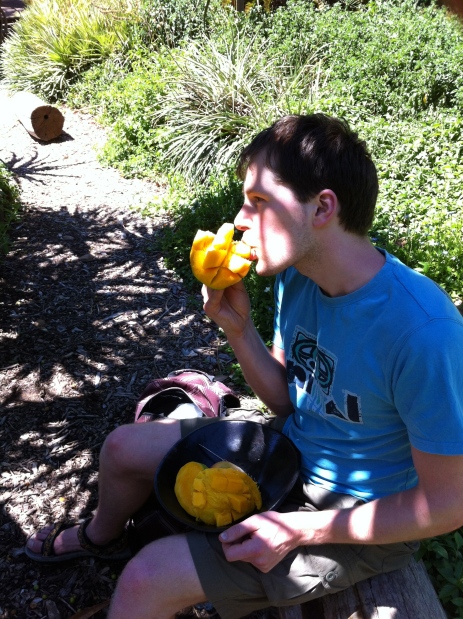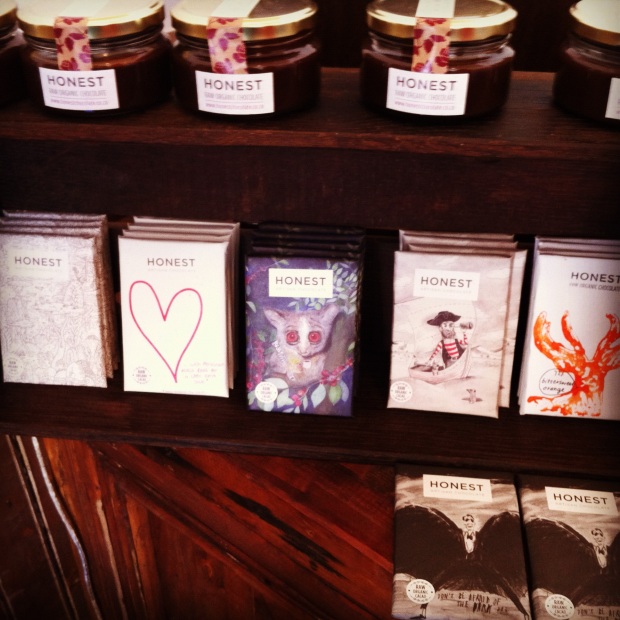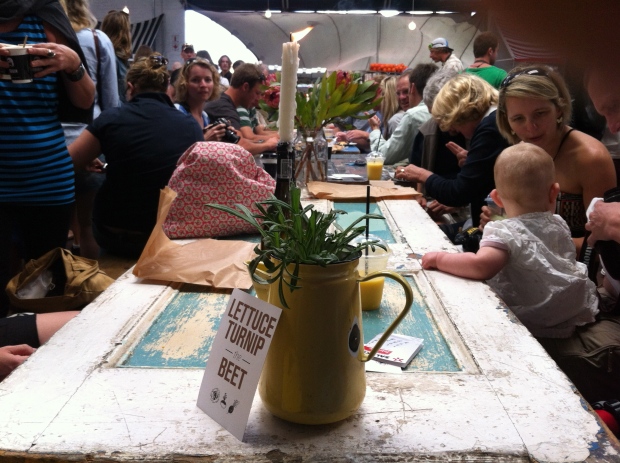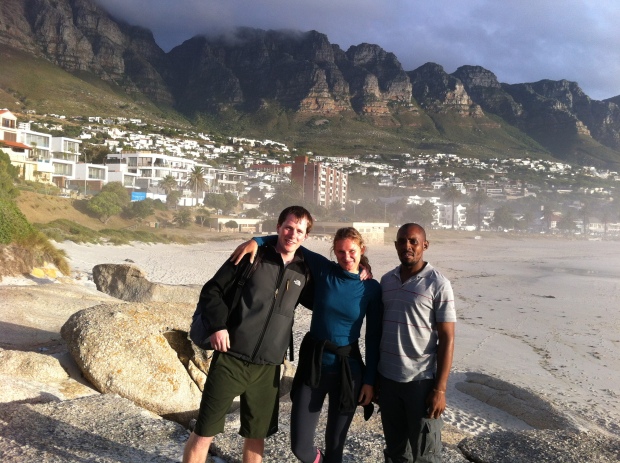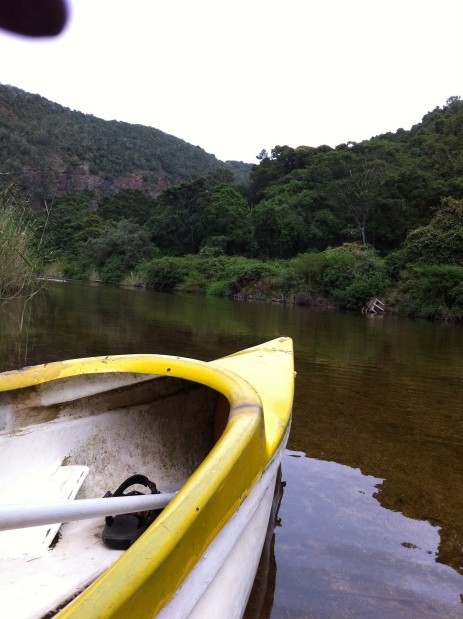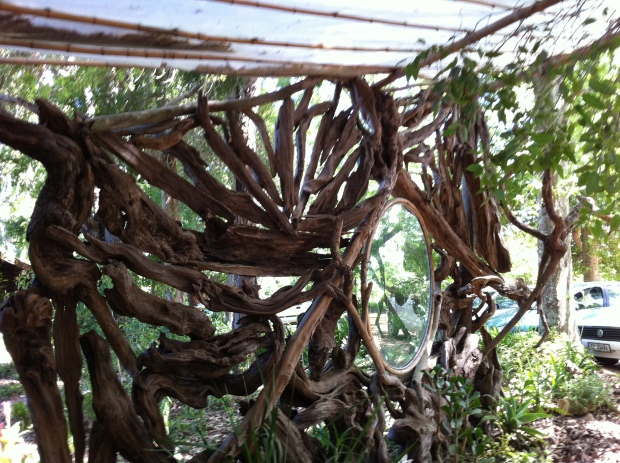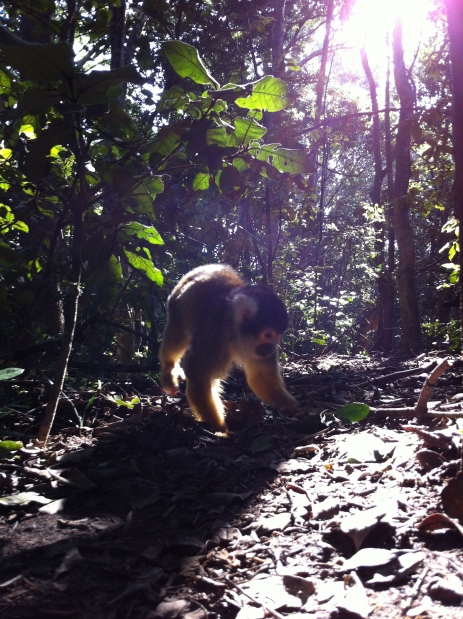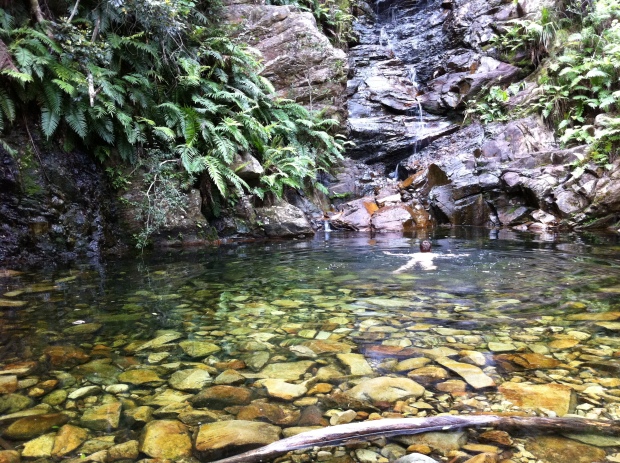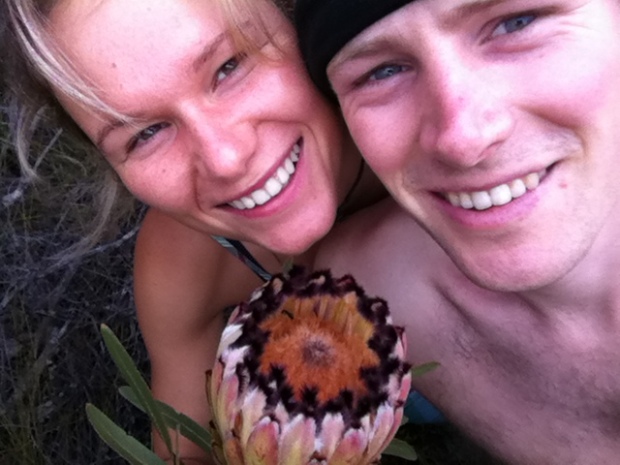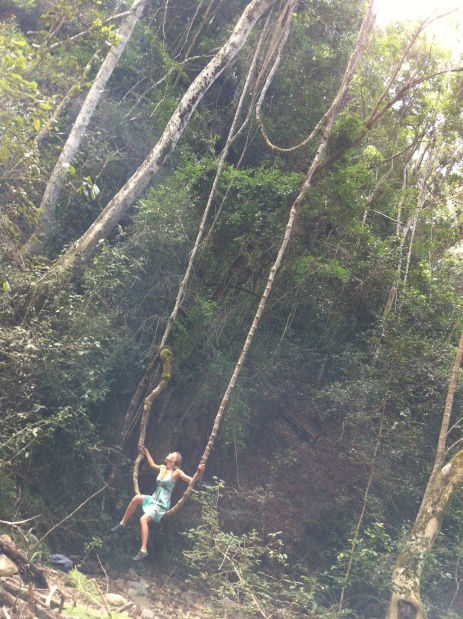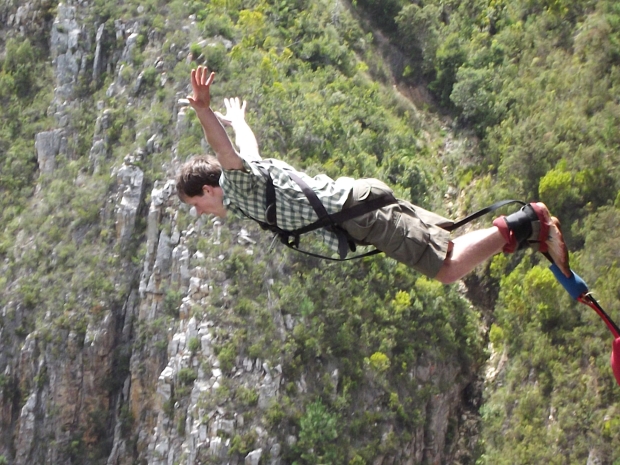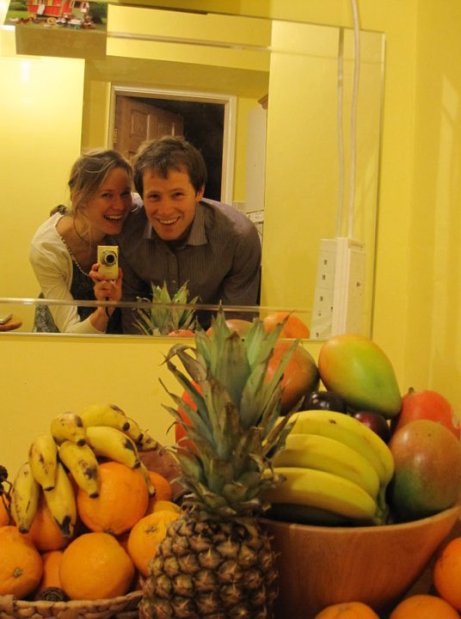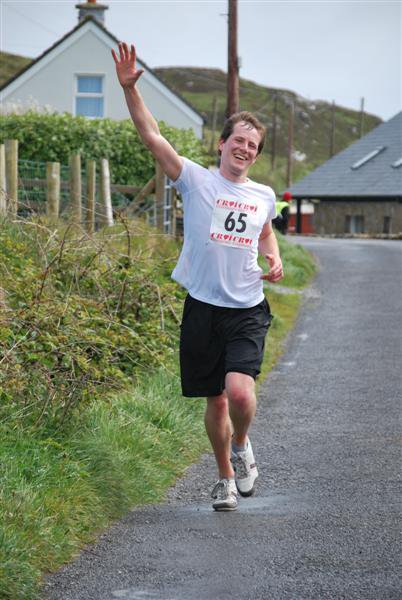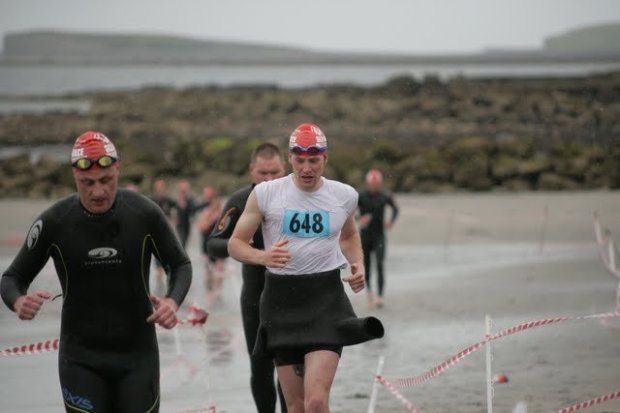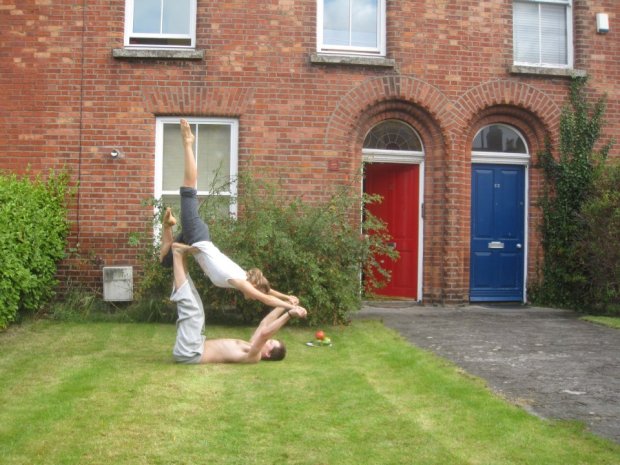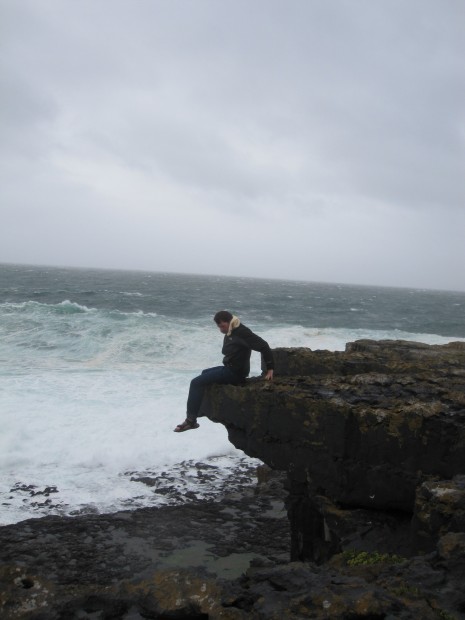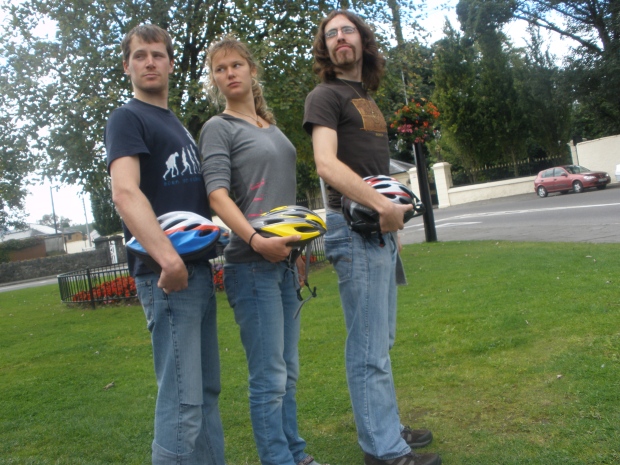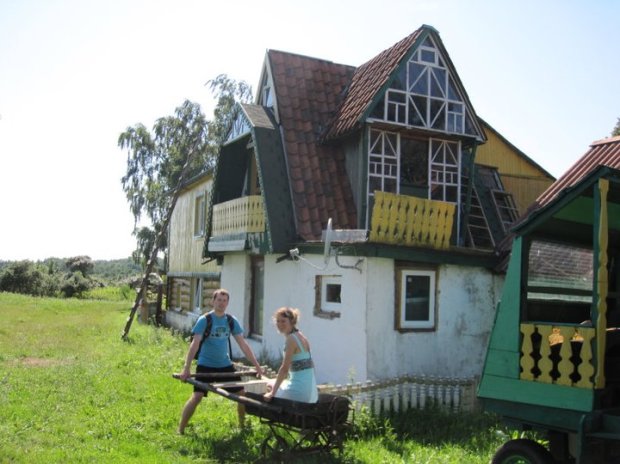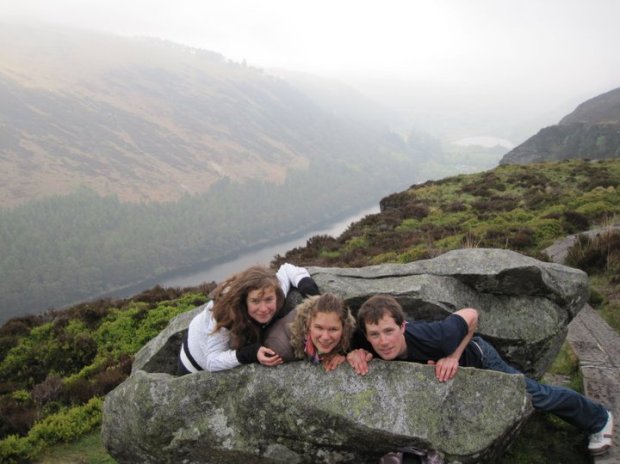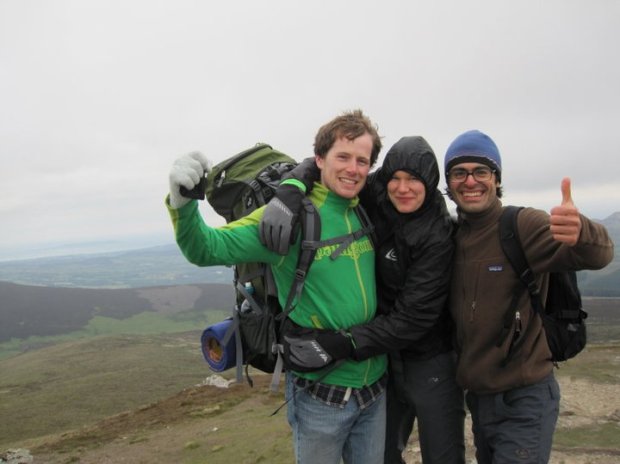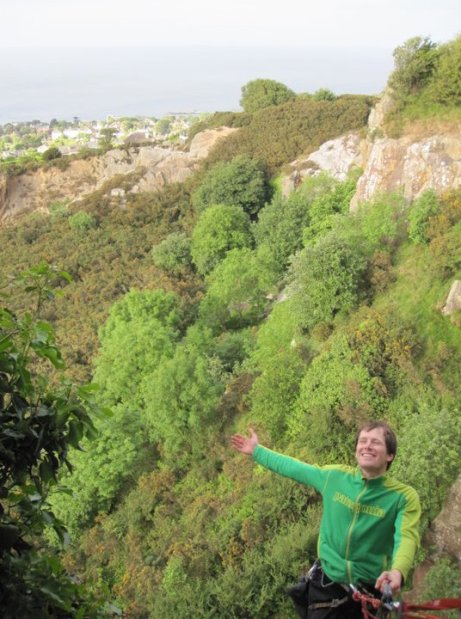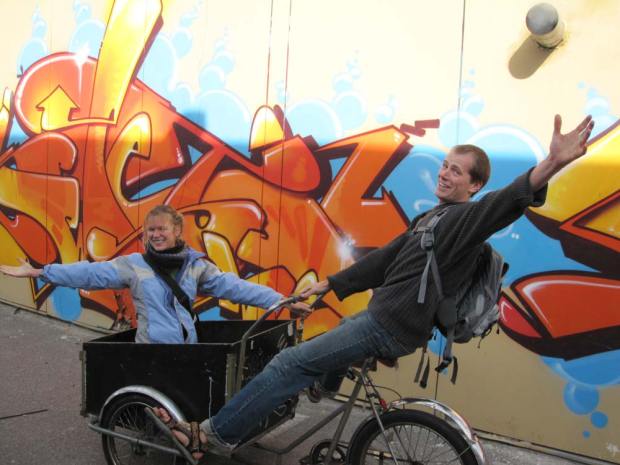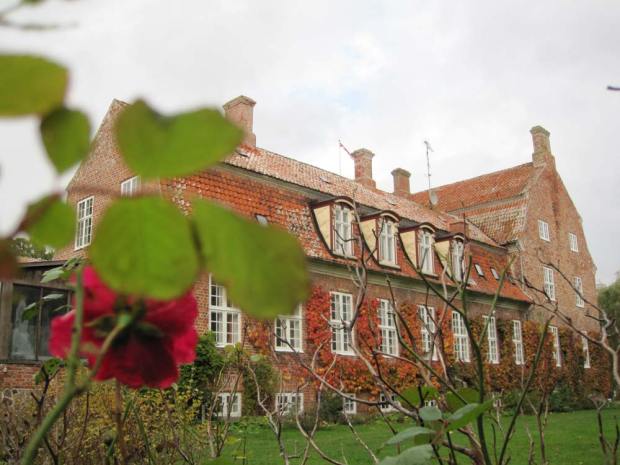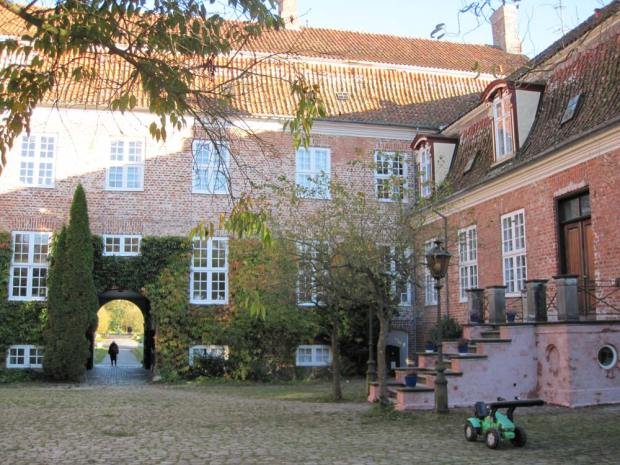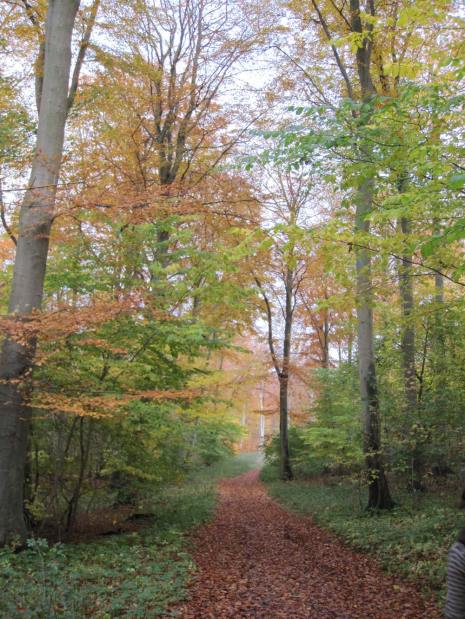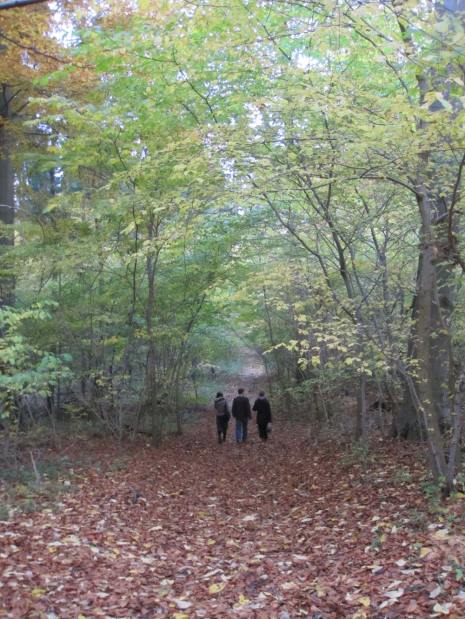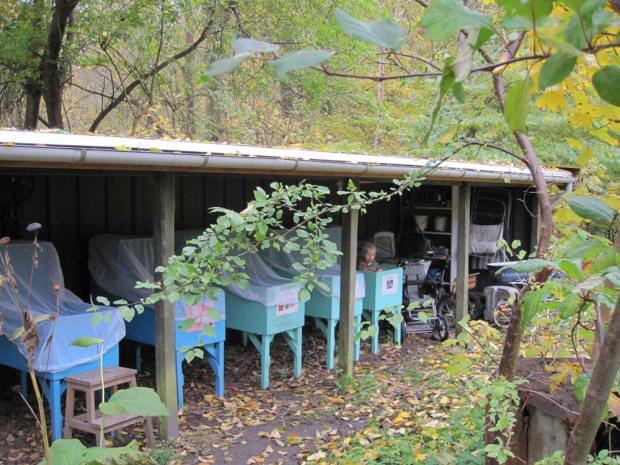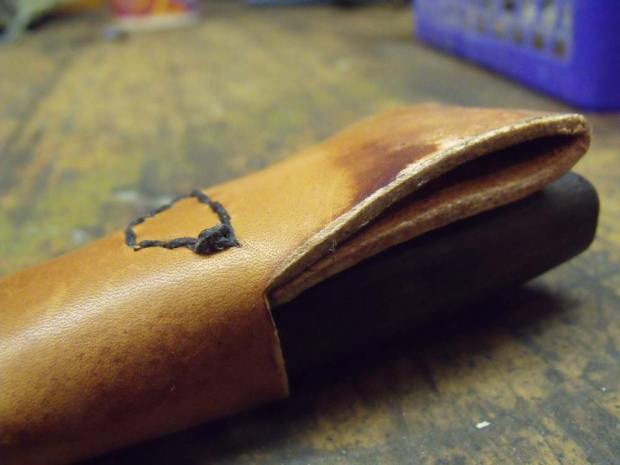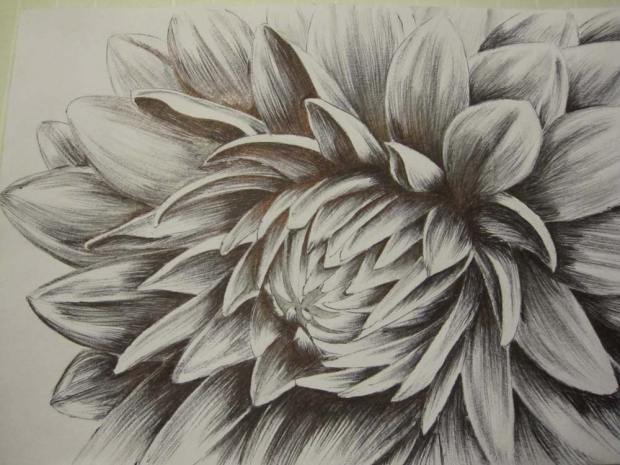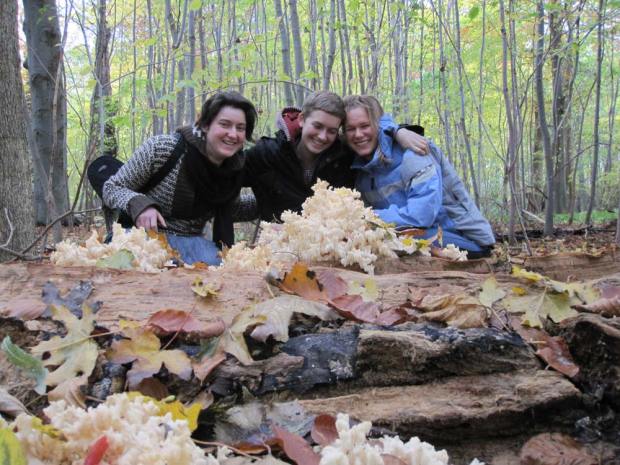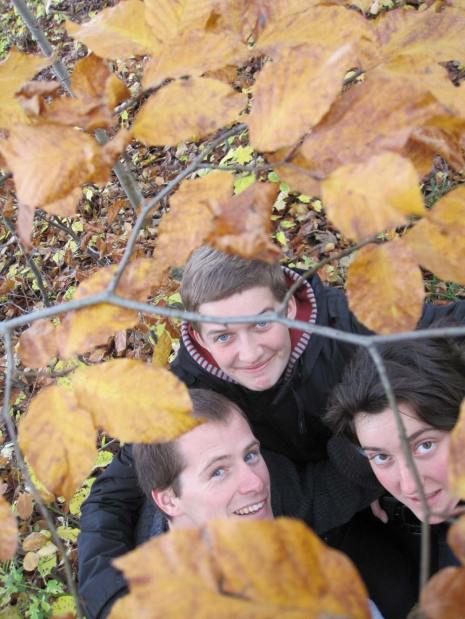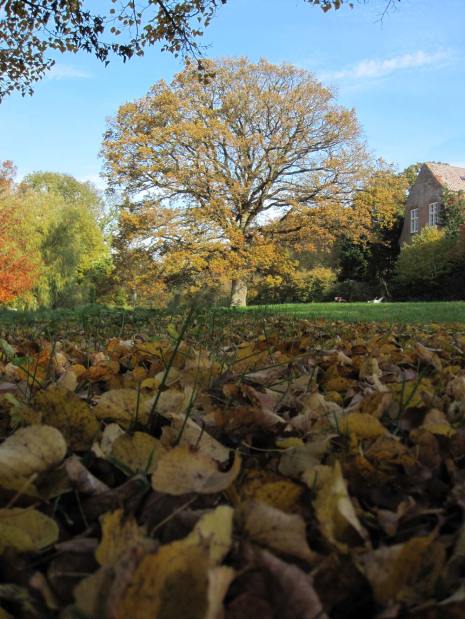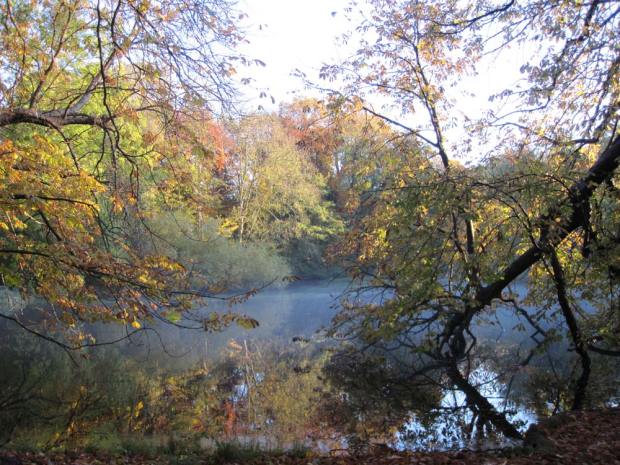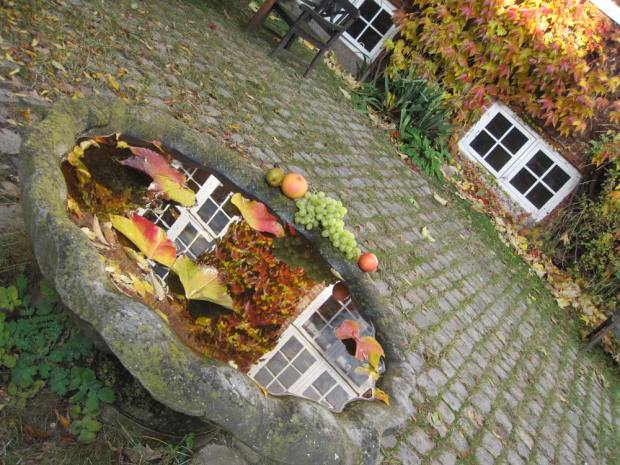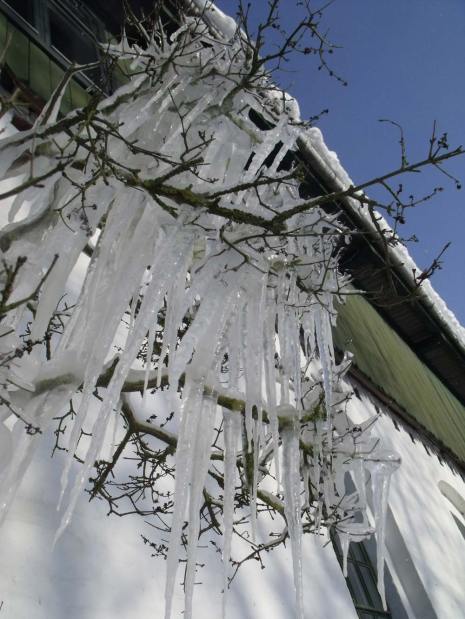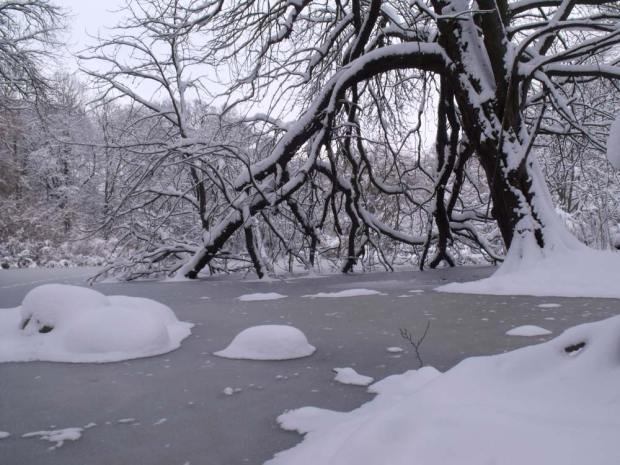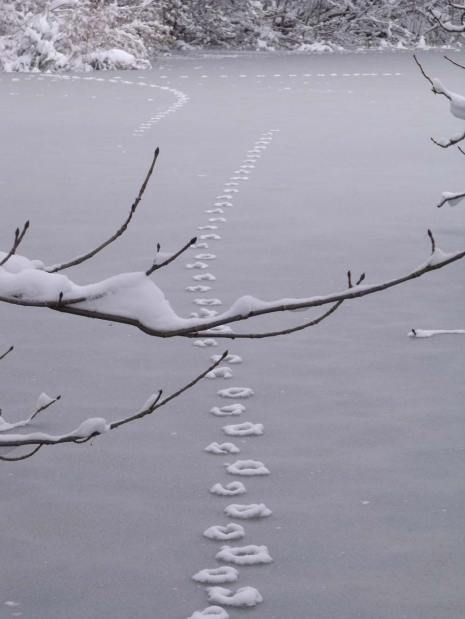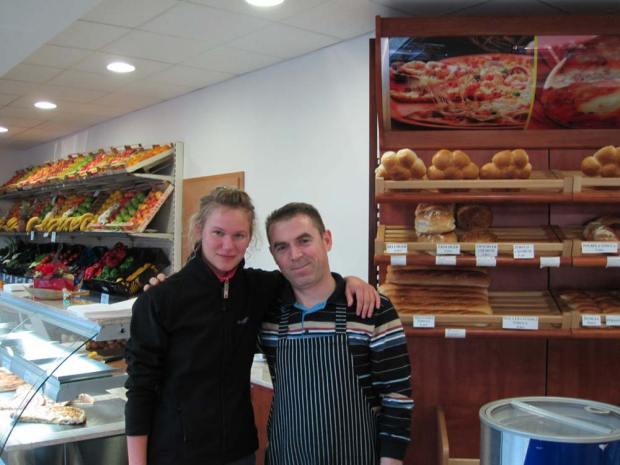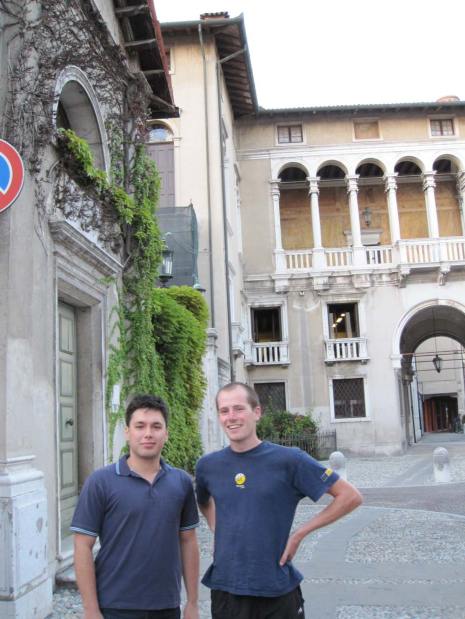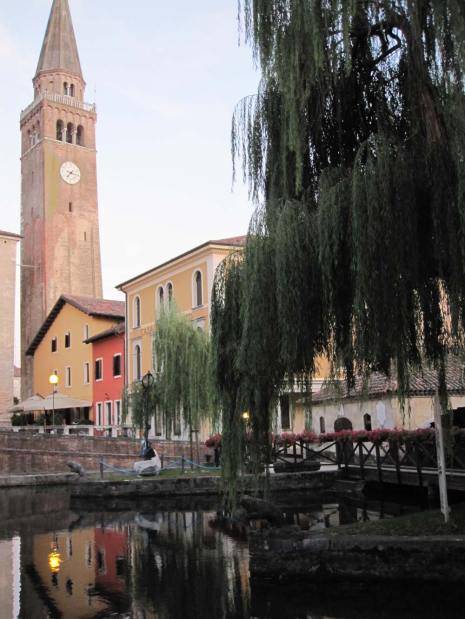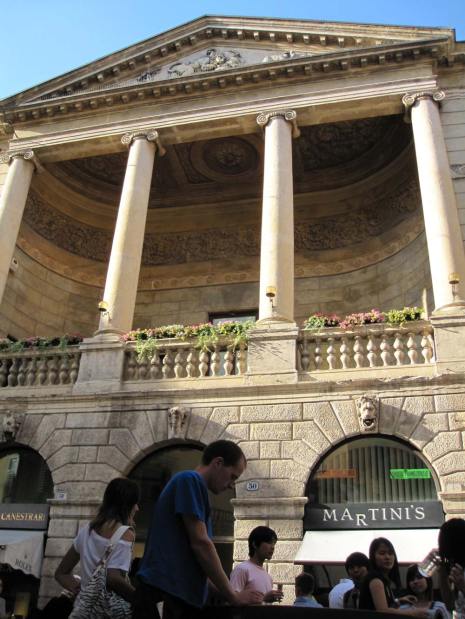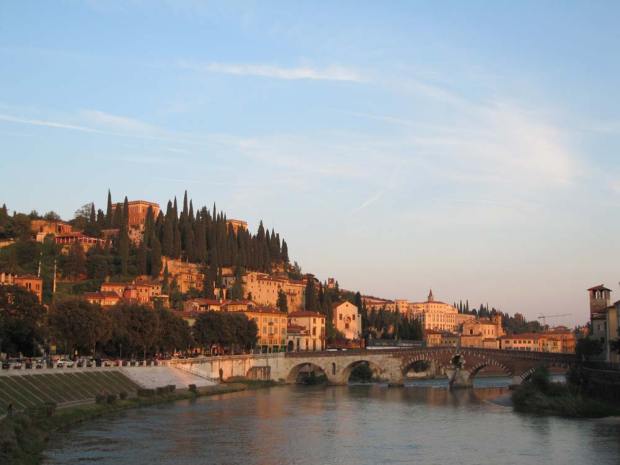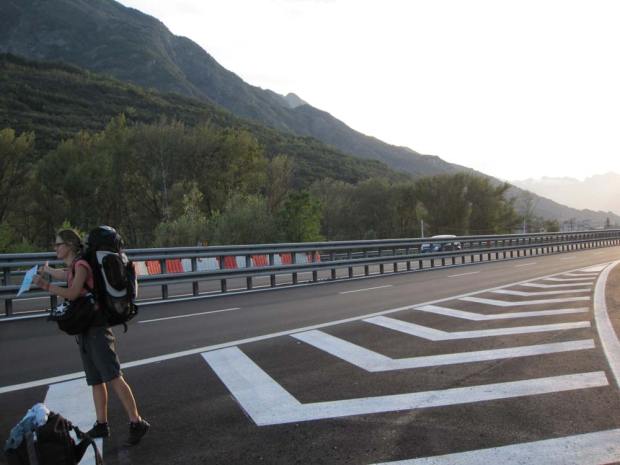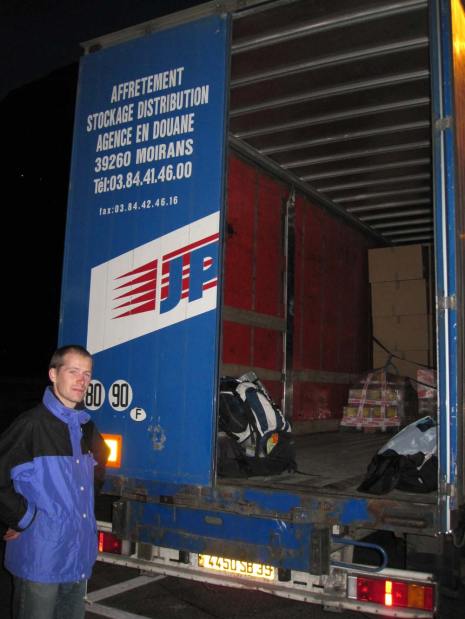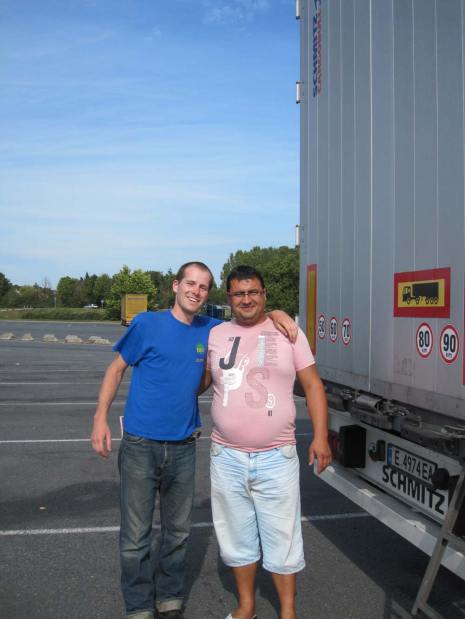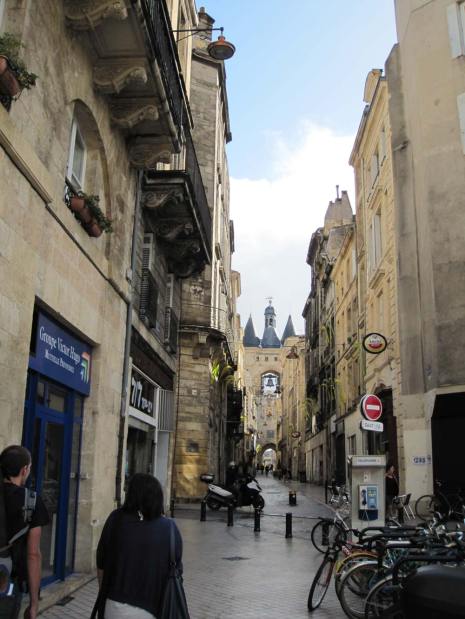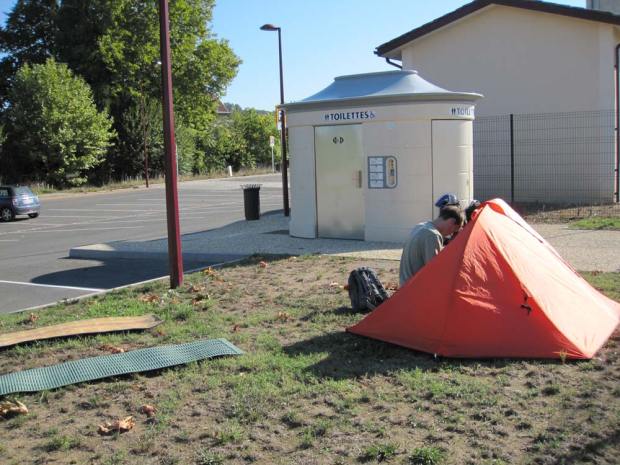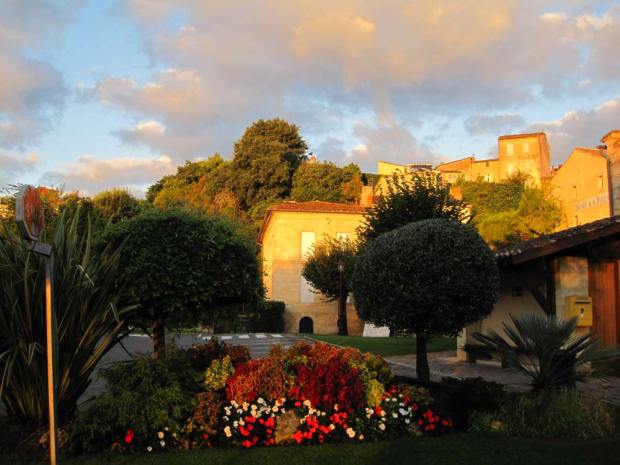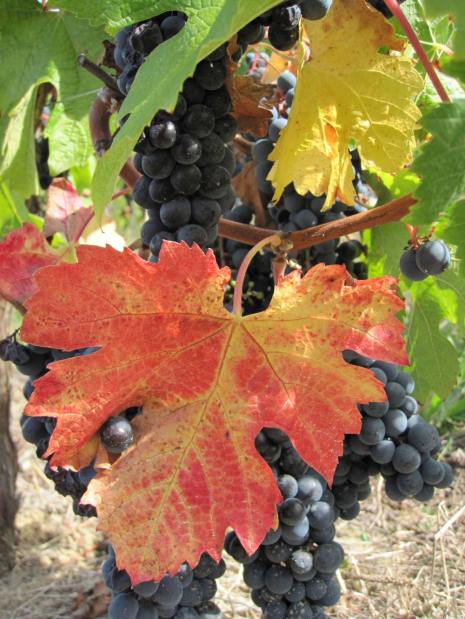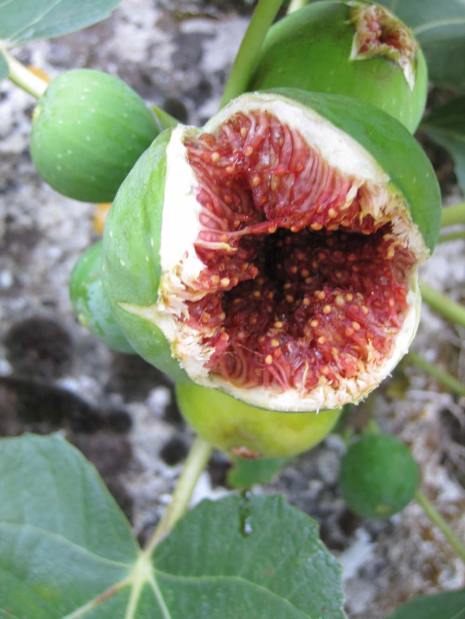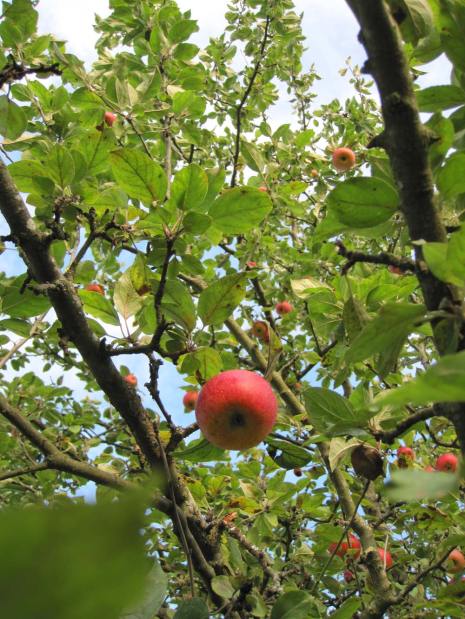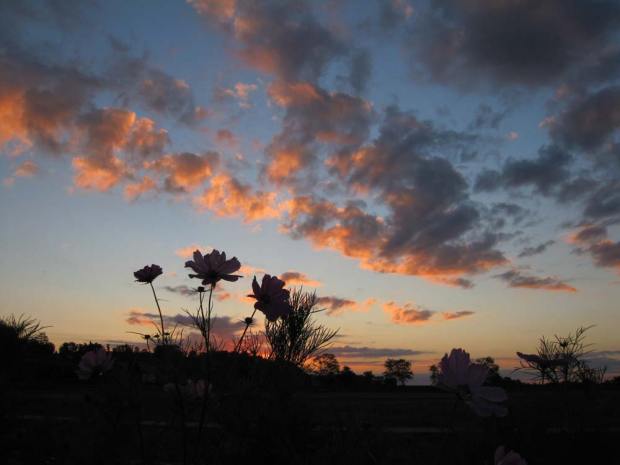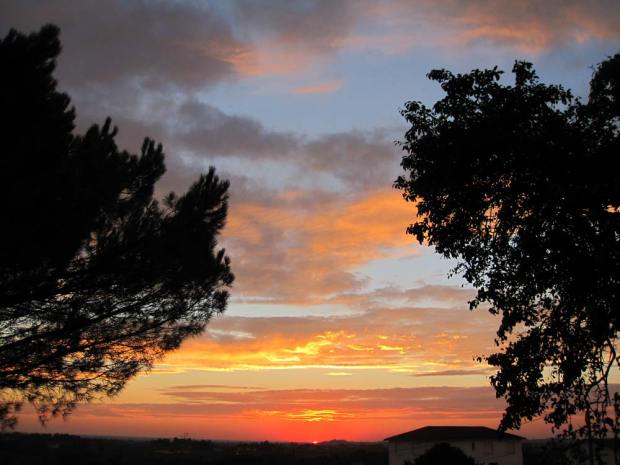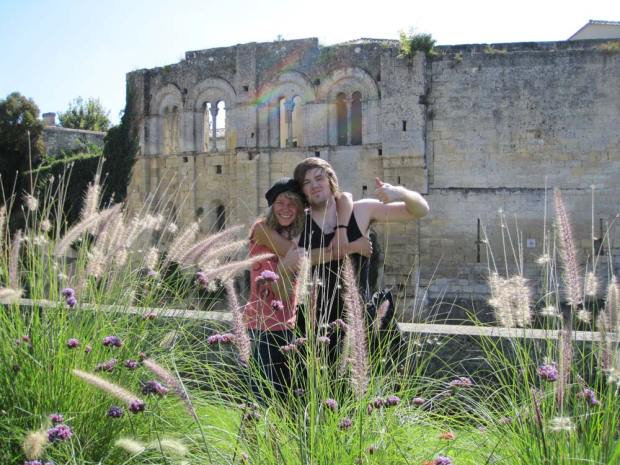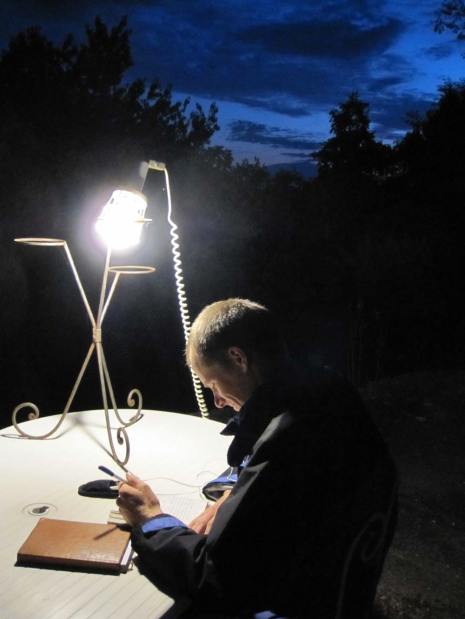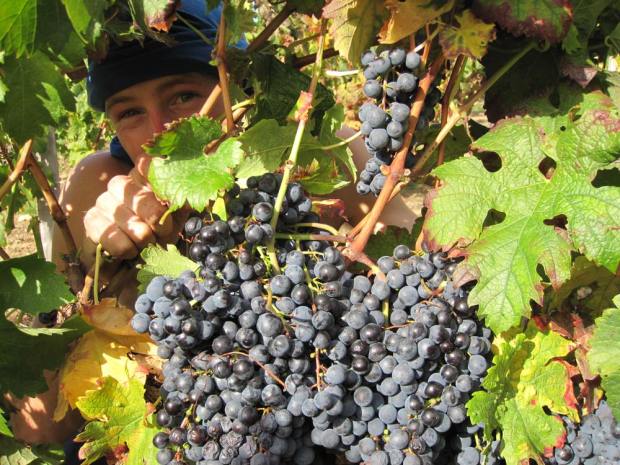Feyda gave Lidiya and myself some home work the other day. To observe and talk to the people in Ljubljana, the Slovenian capital, and then to compare our experience during the day with our perceptions of Irish and Russian people. He said Russian people have something unique about them, that they are Russian Souls. Surely all peoples have something unique about them, but in this case I think he meant something particularly special to him.
So we started to observe. We asked questions, searched for differences from the moment we walked into the daylight and left Iztok’s house. We arrived in Kranj, Slovenia, after dark the previous evening after a long days driving from Croatia. Two days previous, September 14th, Lidiya and myself started hitchhiking from Sofia, on a mission to France. After a short trip to and walk across the Serbian border we were exceptionally fortunate to be picked up within five minutes of sitting to rest and enjoy some Bulgarian plums. The outstanding people who picked us up were brothers, Iztok and Feyda and Vlasta, Feyda’s wife, from Slovenia.
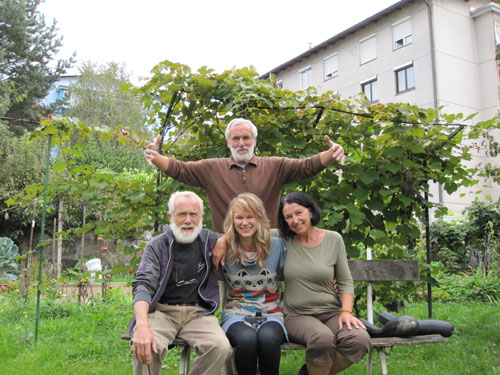
They were travelling in their motor home on the return leg of their trip from Slovenia through Croatia, Bosnia Herzegovina, Albania, Greece and Turkey. Their route home saw them making a roughly straight line through Bulgaria and very happily for us, through Serbia, Croatia and back to Slovenia. We were to journey with them until the city of Niš (Ниш), at the centre of Serbia, but after an hours conversation we had planned to continue with them the next day all the way to Slovenia, the half way marker for our journey. That evening we dined in Serbia, in the small town of Cubura (Чубура), struggled some with ordering a meal without meat, and tucked in for the night in our tent under some trees by a parking lot at the edge of town.
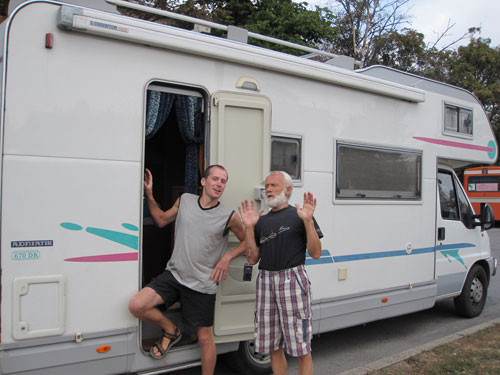
Cubura was poor. We parked the camper in a lot, beside which was a bombed out building with yellow tape crossing the entrance deterring entry and a sign supporting the tape’s indication that stated cameras were not to be used. Iztok and Feyda started up some conversation with a local who said the town’s economy was in bad shape to say the least; the factories that once employed the majority of people their were now vacant and dilapidated, many other buildings in the centre appeared long disused also. The gentleman told us that there was no work for the people, that life was difficult because there was no money and that the future looked dull because there was no sight of investment of any kind to come into the little town, no potential stimuli for the people.
The bombed out building really made an impression on me. I saw young people walking and meeting in front of it, dressed modernly, they wouldn’t have looked out of place in any more western country. But, the backdrop of the building contrasted their appearance; the building looked like it should have long been buried. It was striking, that after such a long time, a little over ten years, nothing had been done with it; it hadn’t been taken down or reconstructed. I wondered what effect it has on the youth. To grow up in such an environment is completely normal there, to have the constant reminder of war, of falling bombs, of a lack of money to repair, to redevelop, to grow… How does this kind of environment effect the culture of the people; their thinking, there attitudes to life.
The most positive impression from Cubura was the fruit and vegetable market, the Bazaar. The produce was as inexpensive as Bulgaria and the quality as high, which is to say the best I’ve come across anywhere in the world. All local produce, in season, and mostly grown traditionally, which means with little or no chemicals, although the idea of organic is little known, understood, and not at all advertised at such a market. The old scales, the big space full of colour and merchants, is the type of place I gravitate towards in towns and cities. The many kilos of beautiful peaches, plums, grapes, peppers and salad we picked up here were quickly missed as we continued west and watched prices rise and quality deteriorate. The highest contrasting purchase came in Italy were we bought something, labelled peaches, which looked like fruit, but was not fruit. I give much consideration to what I view as wasting food, but in this case the item in question, these peaches, were not food; ten times the price of Serbia or Bulgaria with no immediate taste, followed by an unexpected and very much undesired aftertaste. They went swimming.
So we continued on to Ljubljana and to Feyda’s homework. Something that occurred to Lidiya and myself quite soon after starting our comparison of nationality traits was the lack of data we had for Slovenians from the capital. A days experience is no time at all from which to make any kind of generalisations. The only concrete experience we had came from the handful of encounters with locals, mostly asking for directions during the day. The people seemed happy, the responded very readily and helpfully to aid our sight seeing. Aside from the people the city was suprisingly attractive, very clean, with many impressive buildings and edifices of the old quarter lining the river Lublinitsa and is nearby surroundings. It was a pleasure to explore. On the bus from Kranj to Ljubljana we noted some differences also. The road sides were neat and trim, the quality of the roads was high, the houses, gardens, fields were rich, green and well maintained. A gentleman who picked us up in Bulgaria spoke of the corrupt politicians who, especially during 2008, pocketed much of the funds from the European Union for infrastructure development, among other things. He pointed to the overgrown roadsides and potholes in quite a lot of anger, saying that such a thing can’t be seen in western Europe. I have become quite used to the condition of the roads in Bulgaria and perhaps because I’m not a driver I don’t value neat roadsides so highly, but when this man’s complaint came to mind in Slovenia the difference was stark.

I have visited several of the countries of former Yugoslavia (I excitedly await the treasures to be found in those countries I have yet to had the pleasure of tasting) and it is apparent to me Slovenia has jumped miles ahead. I have no idea what the countries were like under Yugoslavia, but my assumption is that they were similar in their level of development. How Slovenia had such a great and immediately visible lead on it’s former communist neighbours interested me greatly. I asked Iztok had Slovenia’s entry to the European Union had much to do with this and he told me no. He quite firmly believed that the difference came from the people, that Slovenians were hard working and that this trait was the main force, if not one of the main forces, responsible for driving the development of Slovenia forward. My knowledge of the powers of change and growth isn’t sufficient to argue or to put forward opinions of my own, but identifying this gap has made me more keen to observe and understand these factors. What are the keys that separate countries, causing such a large developmental distance with such a small geographical distance between them? Production, trade, tourism, natural reserves, key political decisions… I feel I need to understand more in order to compare and balance with any accuracy the effect a cultural trait of the people has had in moving a country forward.
The reason I mention this is to tie together my more general observation of the country, with the more specific observation of Ljubljana and it’s people. The result of both my searches led to people, culture, identity, traits… and generalisations. From here I’ll stay a little from my tourist trail into the associated workings of my mind to analyse generalisations and their potential effects on the world.
I have spent a considerable amount of time in my mind testing the pros and cons of generalisations; the dangers and benefits. When Feyda asked to note the difference between the different peoples, it seemed to require the identification of generalisations of each country and I wanted to more soundly concrete my understanding and definition of a generalisation before using it as my primary tool for comparison. Iztok stressed the importance played by the hard working nature of the Slovenian people. Can such a statement be valid, useful or harmful? I started by asking what a generalisation was and listed some examples to help with this.
Irish people love to drink a lot
Bulgarian police are corrupt
Turkish people are very hospitable
Italians love pasta
French people love wine
Americans are fat and stupid
Roma people are lazy don’t want to work
These came to my mind in this order and I just wrote them down as they came. I think it’s not necessary to say if I believe any of them to be true, and I realise some are favorable and some are not so favorable. This also doesn’t reflect my preference or bias to any country, I love them all, it’s just to provide contrast for the deconstructing of generalisations.
Before defining, I asked whether I could start with a simple black and white result and say that generalisations are either all good or all bad; should they be completely avoided or not. I started by stating and believing that they are bad, that a country, for example, is made up of individuals and to label with a generalisation is to stifle diversity and to create a false and rigid picture of what someone from that country looks and behaves like. In achieving this, the generalisation accomplishes no useful purpose and only does harm, breeding falseness. I’ve back tracked a bit from this hard line view though and instead have found that a contextual value judgement needs to be made per generalisation, that is to judge each generalisation individually, on a case by case basis. I believe several factors can be considered to assist in judging the positive or negative value of such statements. These factors, are what I hope, will be the practical and useful result of my thoughts now, the purpose and aim of my mental wandering.
I believe that you can generalise and make a statement based on your experience with members of a certain people. For example, if you spend some time in Dublin and on every social occasion during your stay, of which there happen to be several per week, you notice that your fellow socialites drink an incredible amount. You have a lot of first hand evidence and experience to justify making a statement like, Irish people drink a lot. In making such a statement it should be understood that the statement does not mean that all Irish people drink, but that a high percentage of the Irish population drink and it should be remembered that such a statement is informed by your first hand experience. The percentage isn’t so important and is rarely necessary to be stated so long as the people involved in the discussion share an unspoken agreement that it means a majority. So in this case the statement can be said to be true and useful in that it defines a common cultural trait of the Irish people quite accurately.
If however you have never met an Irish person and have only encountered other people who possess and use a statement like ‘Irish people drink a lot’, then caution needs to be exercised, you then have no personal experience to justify using this statement. The statement becomes not something valid or useful in describing common traits of a people or culture, it becomes a separate entity which takes on an existence of it’s own, loses connection with the people it’s intended to identify with and from then on can turn into something harmful. A game of Chinese whispers takes place where the generalisation is passed on with increasing distance from the original form, possibly gaining inaccurate claims, and so falsely describing the subject of the statement. Take the unfortunately false statement, for example, ‘all Irish people own their own leprechaun as they are given out for free at birth in Ireland’. It is born of assumption and false information without real connection to Ireland or Irish people. The more it gets used, the more it is believed and without reevaluation or experience, connection, with Irish people this statement can held as true by some people half way across the world, or living in even closer proximity. Coming into contact with an Irish person for the first time would most likely cause the false statement to come to light, at which point the person holding the statement would be sadly disappointed to learn that very few Irish people possess their own Leprechaun. I’m personally not disappointed by this ‘truth’, but constantly look forward to being friends with a Leprechaun instead of owning one, in doing so, avoiding the new Leprechaun human rights laws that would undoubtedly be required to deal with Leprechaun ownership, while enjoying the benefits and cultural exchange and learning from said Leprechaun. 🙂
So for my factors for consideration
If you make the generalisation, where are the roots? Do you make it from your own experience? If so, really what are the experiences that make up your claim?
If you hear and adopt a generalisation from someone else, really, how valid are their experiences upon which the claim is founded? Has the person passing on the generalisation just re-passed it on after hearing from another person without any supporting experience of their own? Claims from uncertain sources can be considered in quarantine until you attach some verification. For example, if you have heard and somewhat believe that Americans are fat and stupid, but this is second hand information and you have yet to meet an American. Meeting a slim and intelligent American, or one of any other description will inform and hopefully seriously damage such a falsity; you will re-evaluate the generalised belief.
Thinking about the source is important, especially concerning negative generalised statements.
I’ve simplified my goal to outline some things that were really bothering me about generalisations. I was searching in conversation sometimes for effective ways to counter people, in a constructive way, who made statements like, ‘but they’re Muslims, they asked for it’, or ‘gypsies live by stealing from others’ or ‘I don’t believe in generalising, but it’s the reality, Americans are fat and stupid’. My search started from a desire to better communicate my opinions on these matters, statements I saw as harmful. I see my ability to communicate effectively as very important. I don’t want to convert opinions to my way of thinking, but to open thinking a little bit, to encourage questioning. Then, all things considered if, what I see as, negative or discriminatory comments remain the same, at least they have been brought into question and at least I’ve tried with what is for now my best.
This thought became intertwined with Fedya’s question and homework and has very satisfactorily reached a conclusion for now, while at the same time opening a much larger door of question; specific cultural traits of people and the effect they have on a country’s development. I hope to practically apply this to the differences in development of Slovenia to it’s neighbours as I mentioned a little earlier in this post. Also, with a little groundwork covered on generalisations, I hope to now tackle more specifically negative statements and stereotypes which enforce the discrimination of people. But I’ll take a break now. 🙂
Feyda, my report is as follows. I can only comment very positively about Slovenia, but can’t possibly cite differences between the Irish culture after such a short, but amazing, experience. I will have to return to your beautiful country to do a little more research. 🙂 I have met even fewer Russians than Slovenians, so the same applies for my comparison with them, the Russian Soul I am still far from understanding or appreciating. Thank you for the very stimulating questions, I look forward to more the next time we meet. 🙂
(Update May 22nd 2013: I moved to Ljubljana, with Lidiya in February-June 2013, and wrote a little about my experience. Also, I have just launched one of the first Slovenian self-study language programs, Learn Slovenian Online, with my Slovene teacher, Valentina. Our goal is to create the best resource for learning the Slovenian language on the web.)
